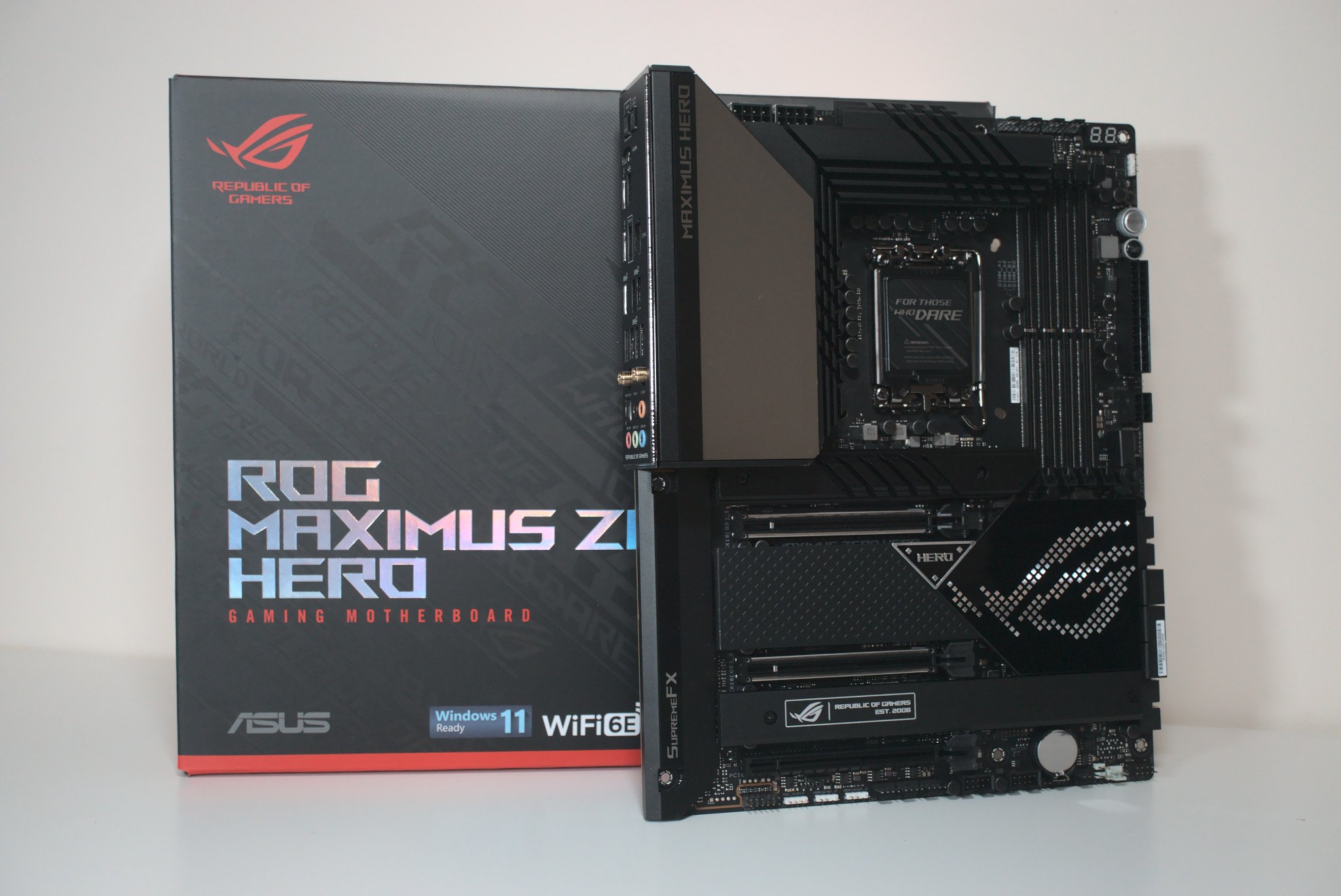Intel's Alder Lake processors are performing extremely well in tests compared to previous generation CPUs and what AMD has to offer, but there's also the addition of new 600-series Intel chipsets, including the flagship Z690. Given that this is the range-topping chipset SKU, you can expect premium motherboards and high prices.
This includes the ASUS ROG Maximus Z690 Hero, which retails for $600. Compared to its predecessor, there are some notable changes as we make way for Alder Lake features like DDR5 and PCIe 5.0 support. The Maximus series from ASUS has been a solid foundation for PC builds, and this latest entry won't be any different.
We've taken the motherboard for a spin to see what it offers, if it's a contender for best motherboards, how good of a match it is to an Intel Core i9-12900K processor, and whether you should use it for your Intel Alder Lake-powered PC.
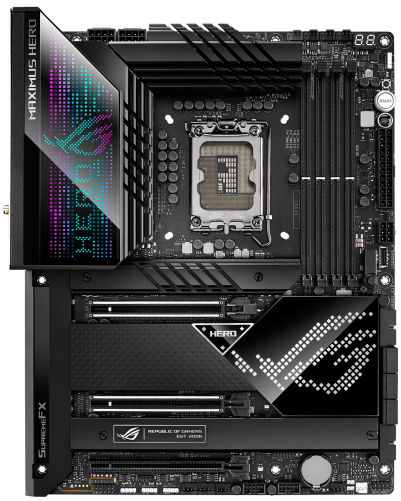
Bottom line: ASUS was able to throw the Z690 chipset, as well as DDR5 and PCIe 5.0 support onto the Maximus Hero to make one feature-rich Intel 12th Gen motherboard. If you want to tinker with your PC with stable results, look no further than this board.
For
- Stunning board design
- Plenty of I/O
- Custom water cooling loop support
- DDR5 and PCIe 5.0 support
- Excellent performance
- Easy PCIe release button
Against
- Only 2.5Gb LAN
- Pricey
- Overkill for most PC builds
ASUS ROG Maximus Z690 Hero: Price and availability
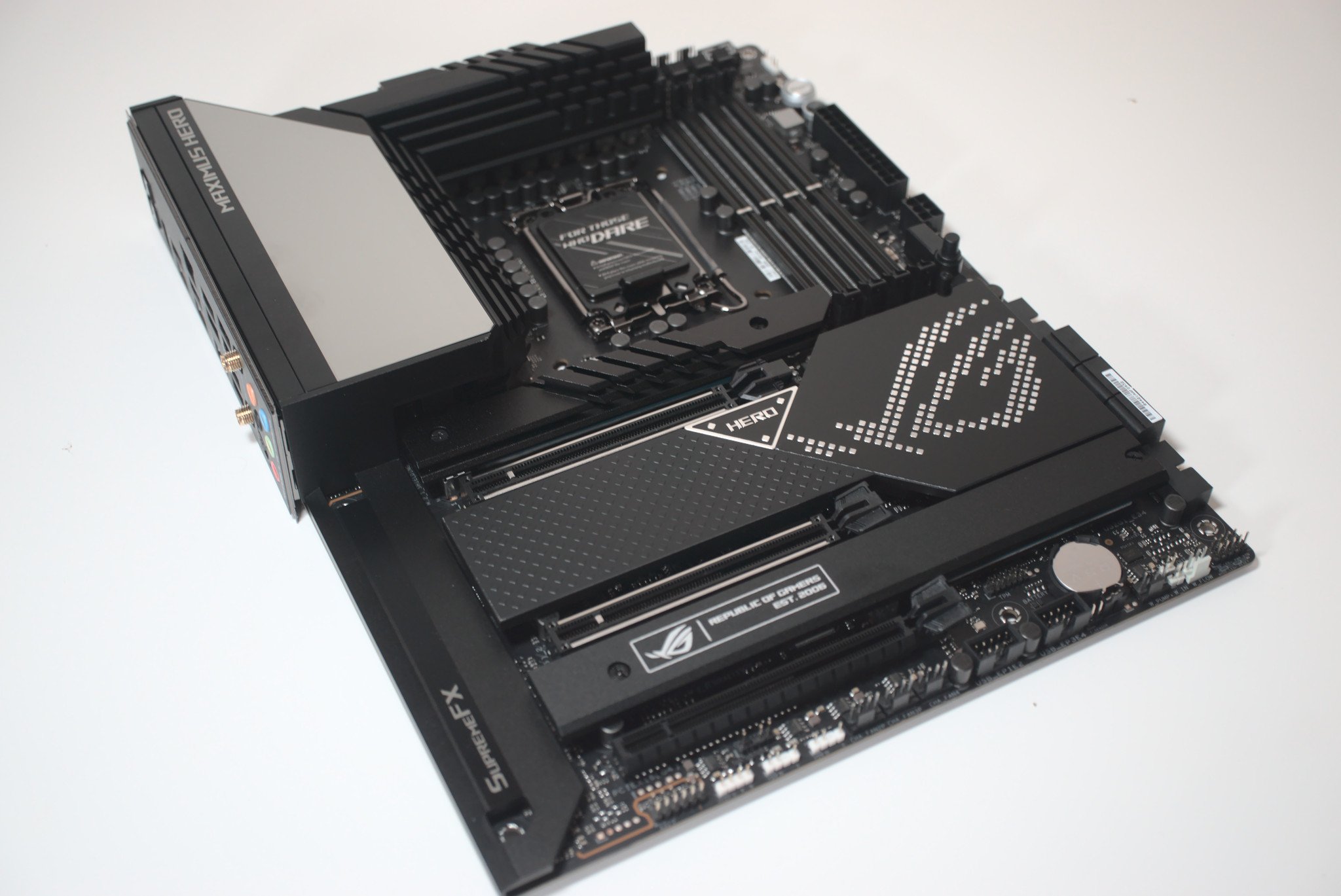
ASUS launched the ROG Maximus Z690 Hero in October, which means you can expect to pay full MSRP for the luxury of owning one. At $600, this isn't an affordable motherboard and sits comfortably in the "premium" segment. That said, for what's on offer in terms of features, you could do much worse for value.
This motherboard comes with full support for all Intel 12th Gen processors, DDR5 RAM, PCIe 5.0, has 2.5Gb LAN (which we'd love to see bumped up to 10Gb), and a 20+1 power stage design for stable overclocking. It's a great place to start for building a powerful PC, so long as you don't mind paying a little more.
ASUS ROG Maximus Z690 Hero: Hardware & design
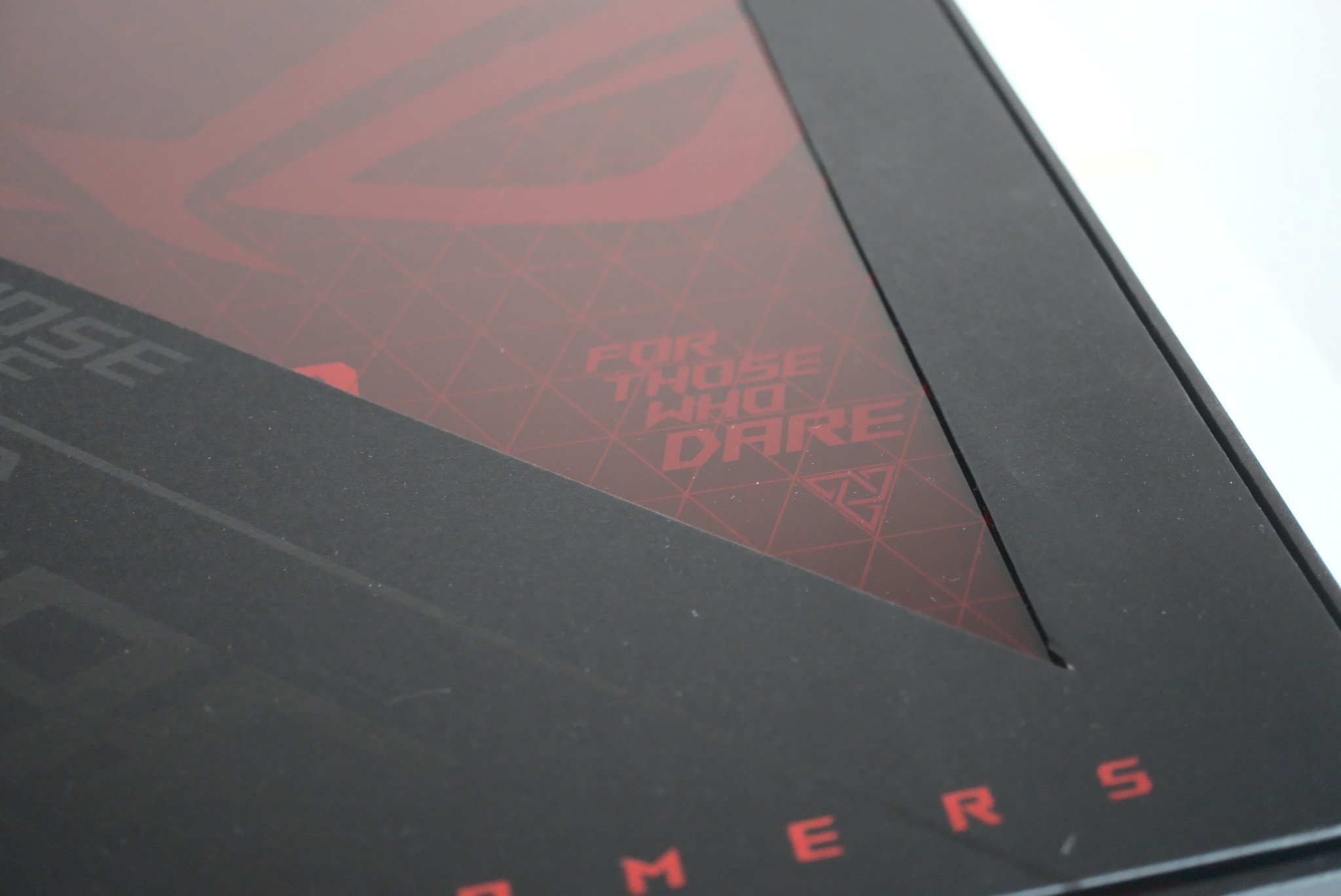
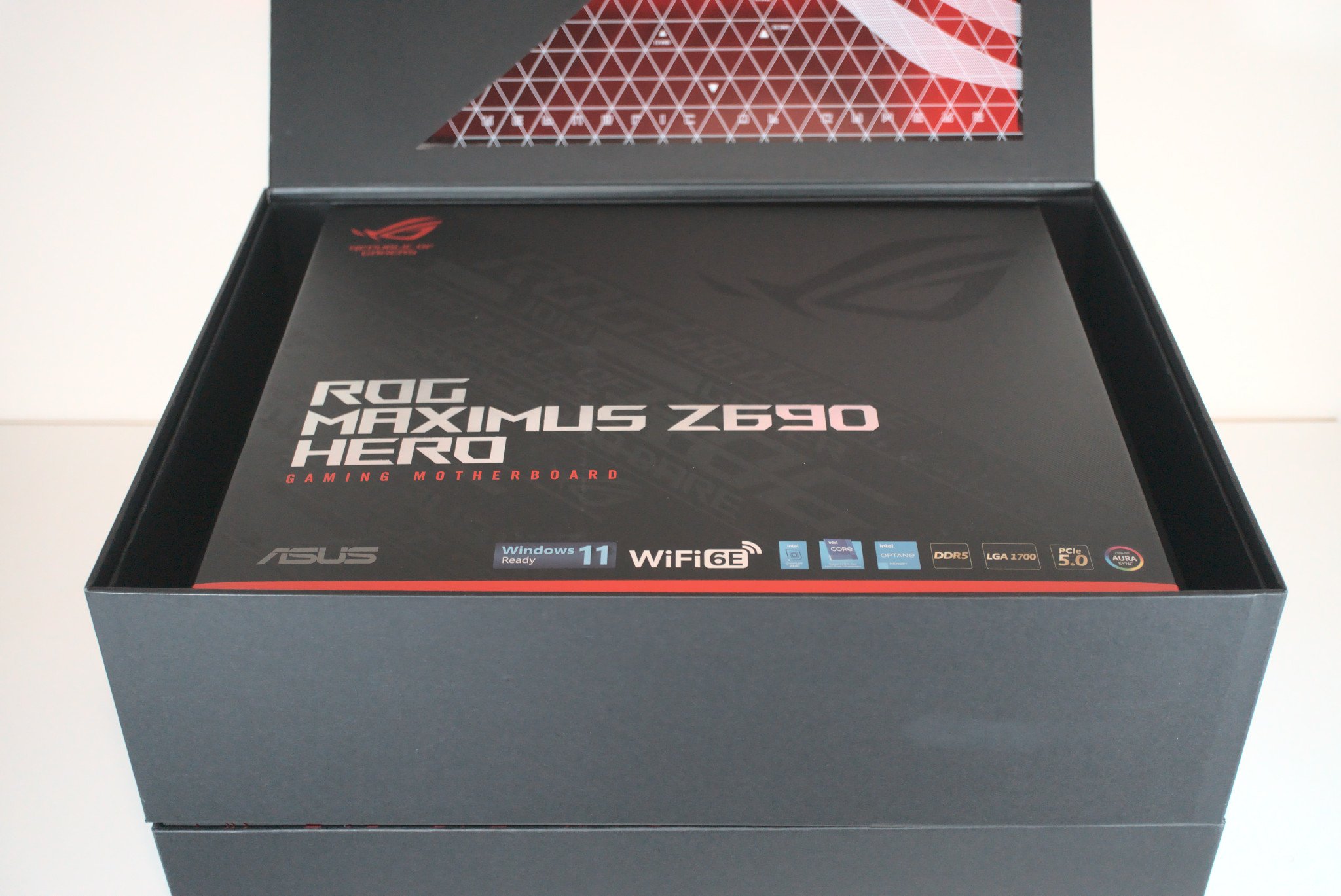
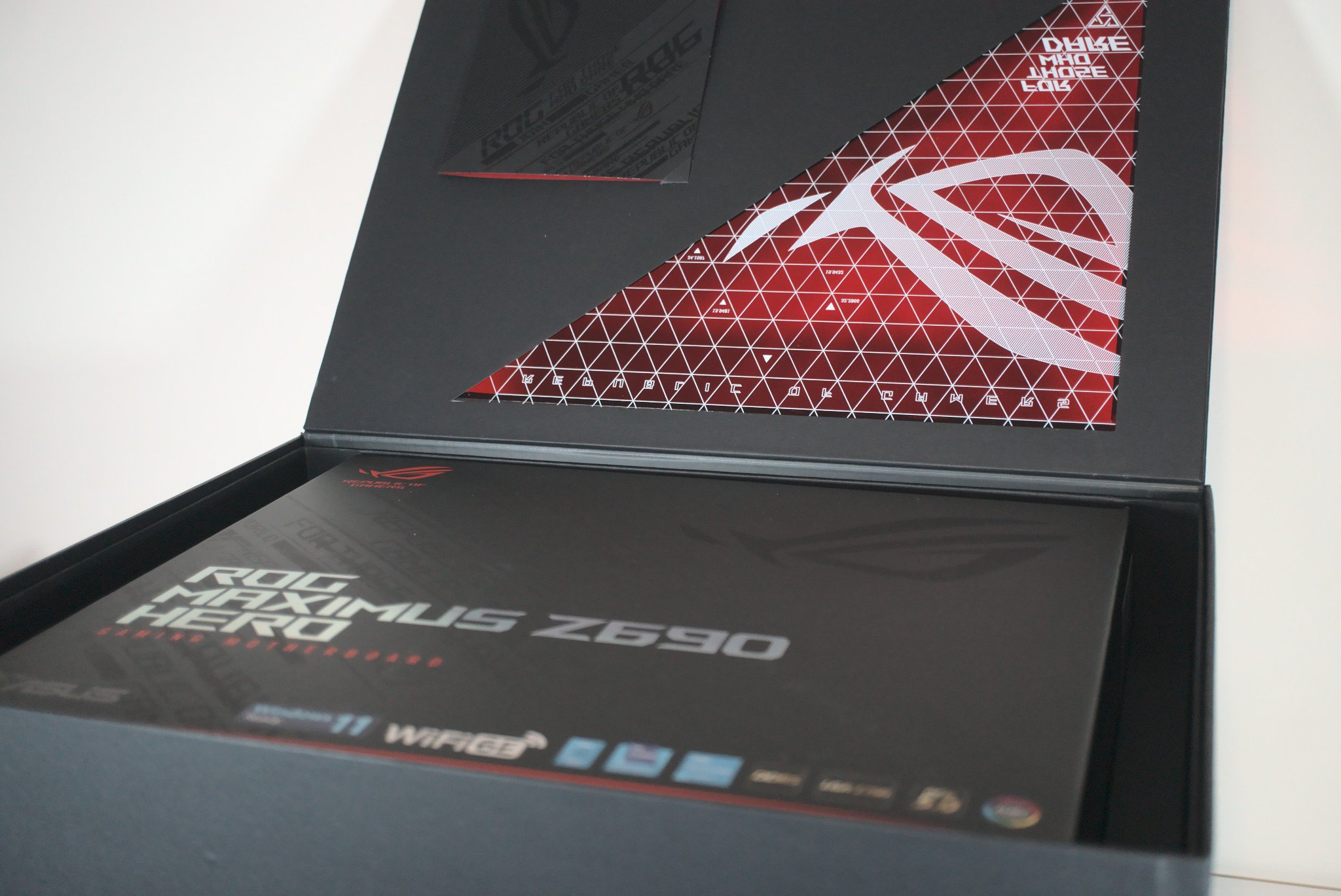
ASUS motherboards generally sport clean designs with little aggressive styling, at least compared to other brands with their "gamer" themes. The ROG Maximus Z690 Hero is no exception. It's an all-black PCB with a mirror finish plate atop the I/O shroud. The ASUS ROG Maximus Z690 Hero is one good-looking motherboard.
The ASUS ROG Maximus Z690 Hero is one good-looking motherboard.
Along with the board inside the packaging, you'll find an M.2 PCIe card that offers one PCIe 5.0 and one PCIe 4.0 slot. There's also a USB drive that can be used for storing UEFI BIOS updates or other files, an antenna for Wi-Fi 6E, and various cables for hooking up other components inside the PC.
Since this is a Z690 motherboard, there's full support for 12th Gen Intel processors. It's capable of handling up to 128GB of DDR5 RAM at speeds of up to 6.4GHz (3.2GHz x2). There are three full-size x16 PCIe slots with two at 5.0, and one additional slot at 4.0. Both AMD and NVIDIA GPUs can be configured into a dual-GPU configuration.
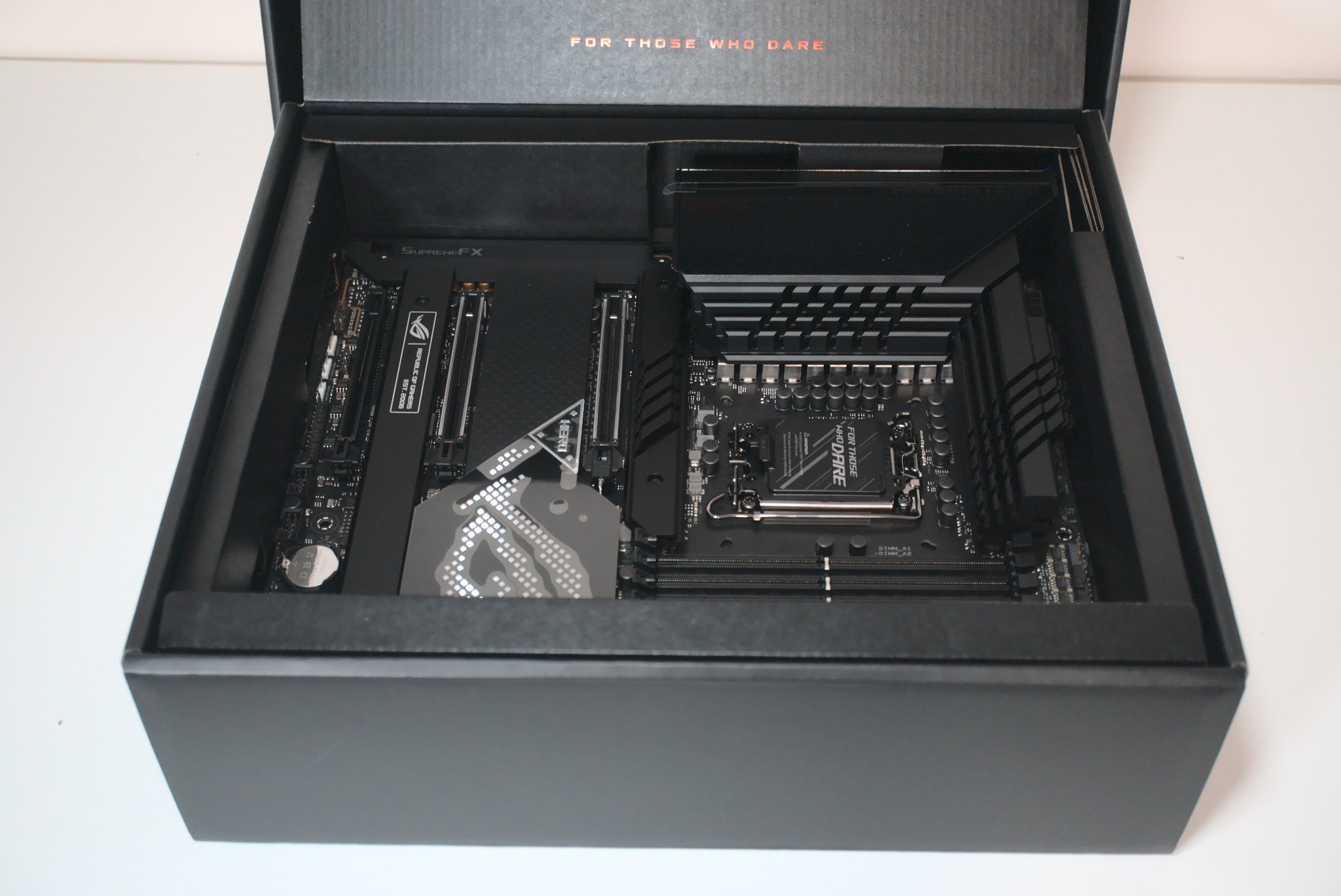
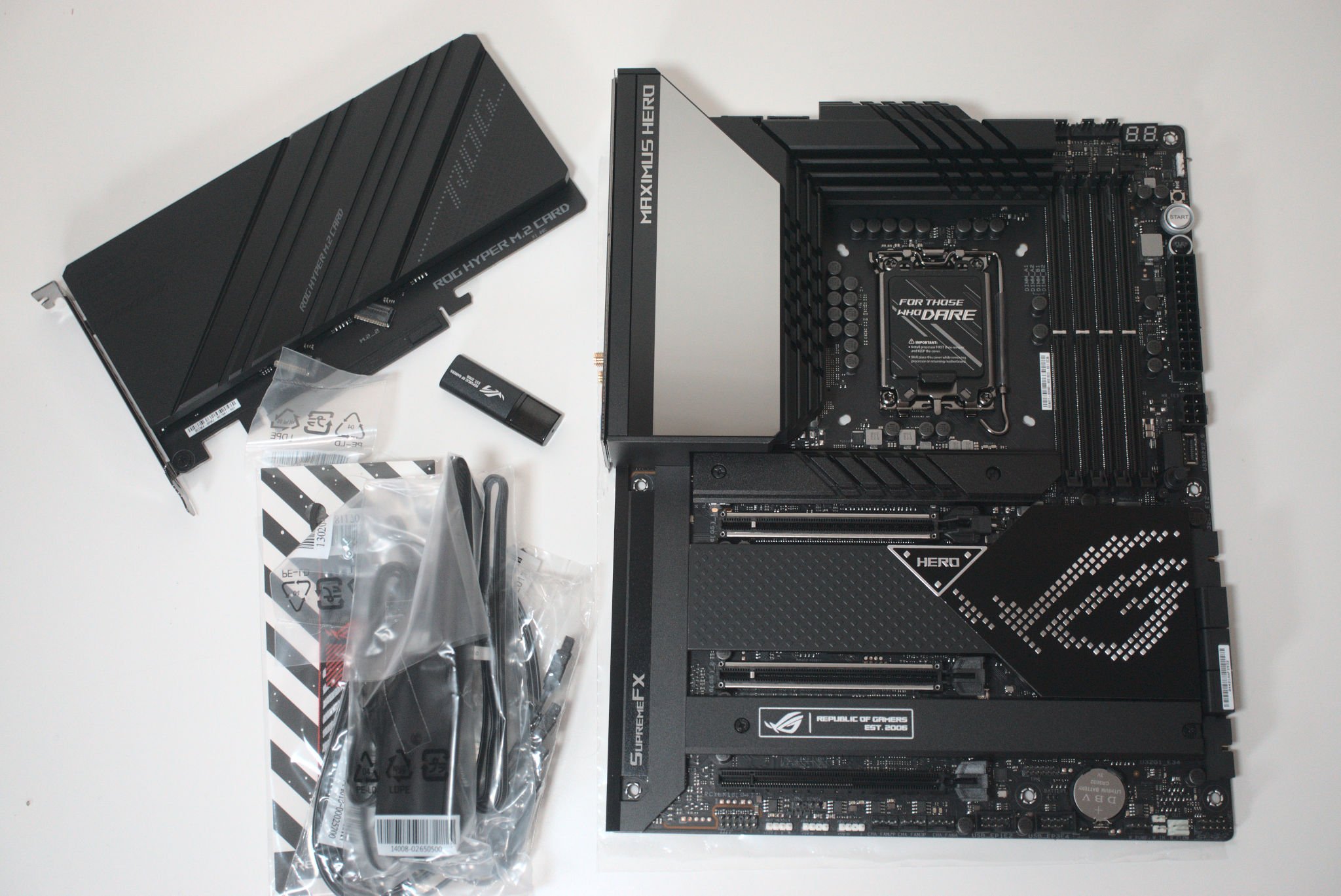
For storage, there are six 6.0Gb/s SATA ports and a further three M.2 slots on the motherboard (all are PCIe 4.0). The optional (but included) M.2 PCIe expansion card can be installed to open up two additional M.2 slots, one PCIe 5.0 and another PCIe 4.0. Other highlights on the specification sheet include the Realtek ALC4082 audio codec, and plenty of USB ports on the rear.
| Category | ASUS ROG Maximus Z690 Hero |
|---|---|
| Size | ATX |
| CPU | Intel 12th Gen |
| Socket | LGA 1700 |
| RAM | 4x DDR5 DIMM (up to DDR5-6400+), 128GB limit |
| Chipset | Intel Z690 |
| Expansion | 2x PCIe 5.0 x16 (x16 or dual x8)1x PCIe 4.0 x16 |
| Storage | 6x SATA (6Gbps)2x M.2 2242/2260/2280 (PCIe 4.0 x4, SATA)1x M.2 2242/2260/2280 (PCIe 3.0 x4)ROG Hyper M.2 expansion card (1x M.2 2242/2260/2280 (PCIe 5.0, SATA)ROG Hyper M.2 expansion card (1x M.2 2242/2260/2280 (PCIe 4.0, SATA) |
| Audio | Realtek ALC4082 |
| Rear ports | BIOS FlashBack ButtonClear CMOS button1x 2.5G LAN1x ASUS Wi-Fi2x Thunderbolt 46x USB-A 3.2 Gen 2 (up to 10Gbps)1x USB-C 3.2 Gen 22x USB-A 2.01x HDMI1x Optical S/PDIF out5x Gold-plated audio jack |
| NVIDIA SLI | ✓ |
| AMD CrossFire | ✓ |
| Dimensions | 305 x 244 mm |
| Launch price | $600 |
And this wouldn't be an ASUS motherboard without some RGB lighting. It's actually subtle on the ASUS ROG Maximus Z690 Hero and is only present within that mirror plate on the I/O shroud — it looks pretty good. The black heatsinks attached to the VRMs are beefy and look as though they would do well to dissipate some heat.
Tucked away in the top-left corner of the board are dual 8-pin CPU ProCool II power connections that are present on most premium ASUS AMD and Intel motherboards. Then there are four fan headers for CPU blowers, system fans, and AIO. Next to these is an ASUS error code display and LEDs for troubleshooting failed system boots (always good to see this on a board).
There are four DDR5 DIMMS next to the LGA 1700 socket, which is then followed by a power button and flex key (used for system reset but can be programmed for other use). A full 24-pin ATX power socket is north of a PCIe connection to provide power to a 60W fast-charge-capable front-panel USB-C.
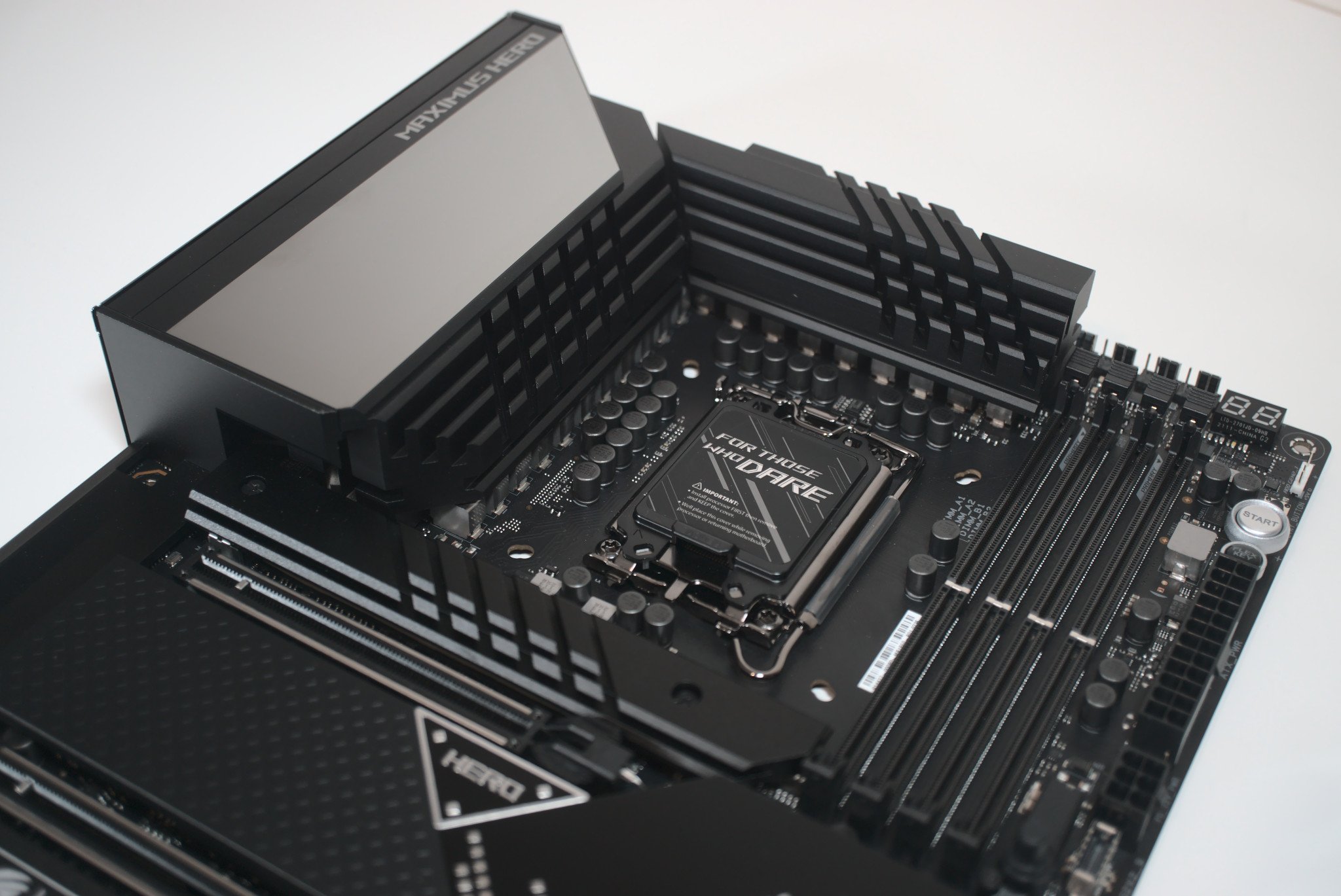
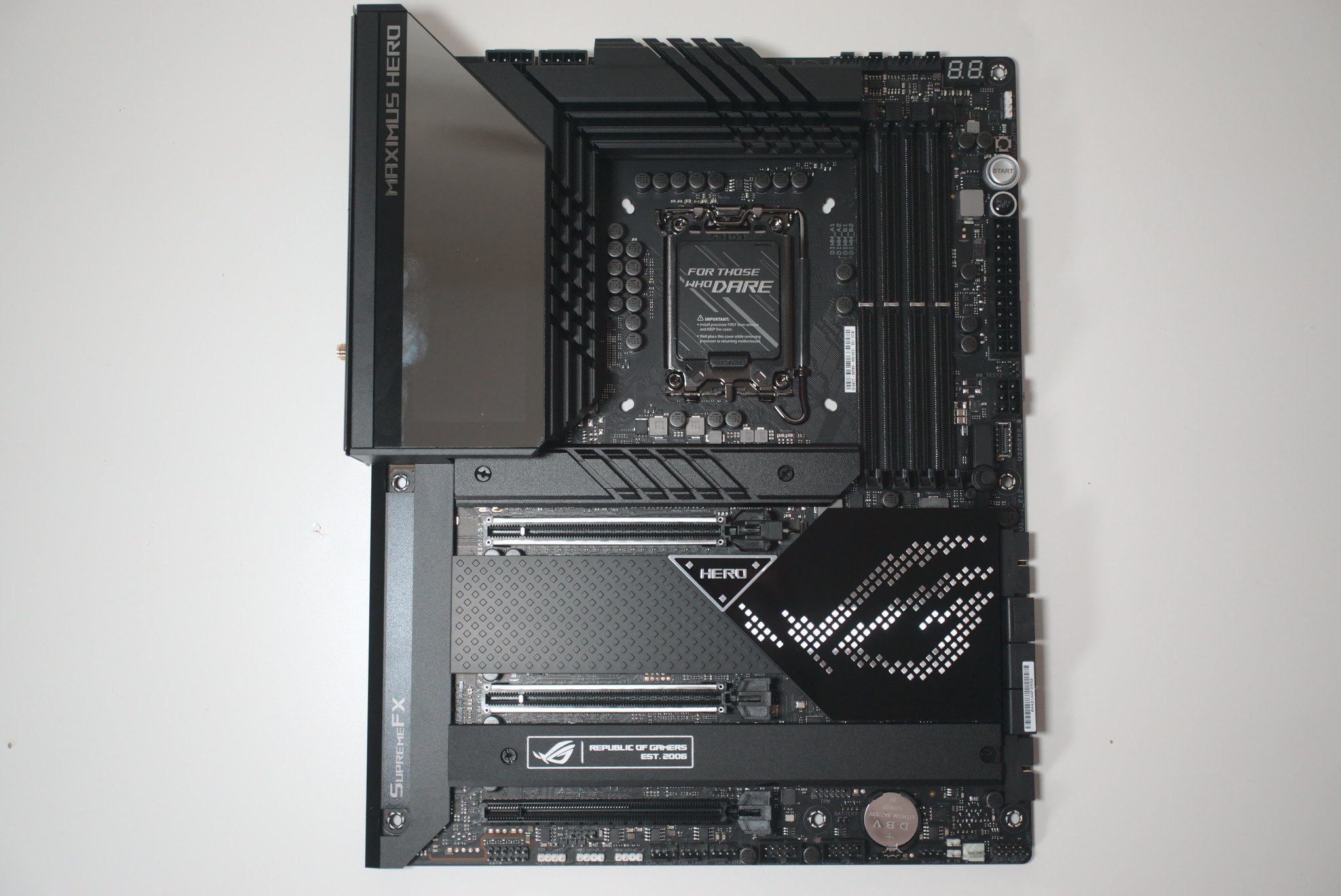
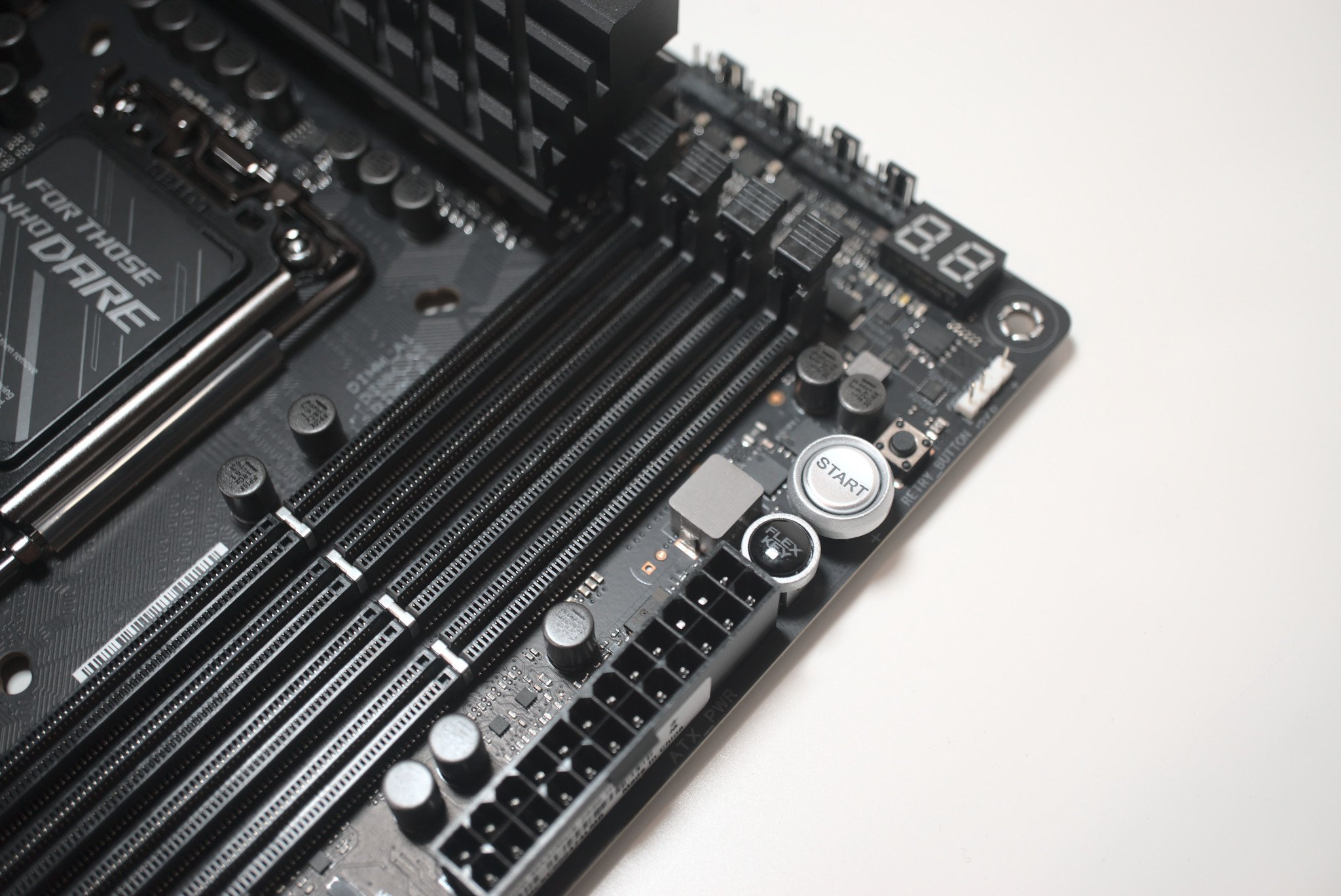
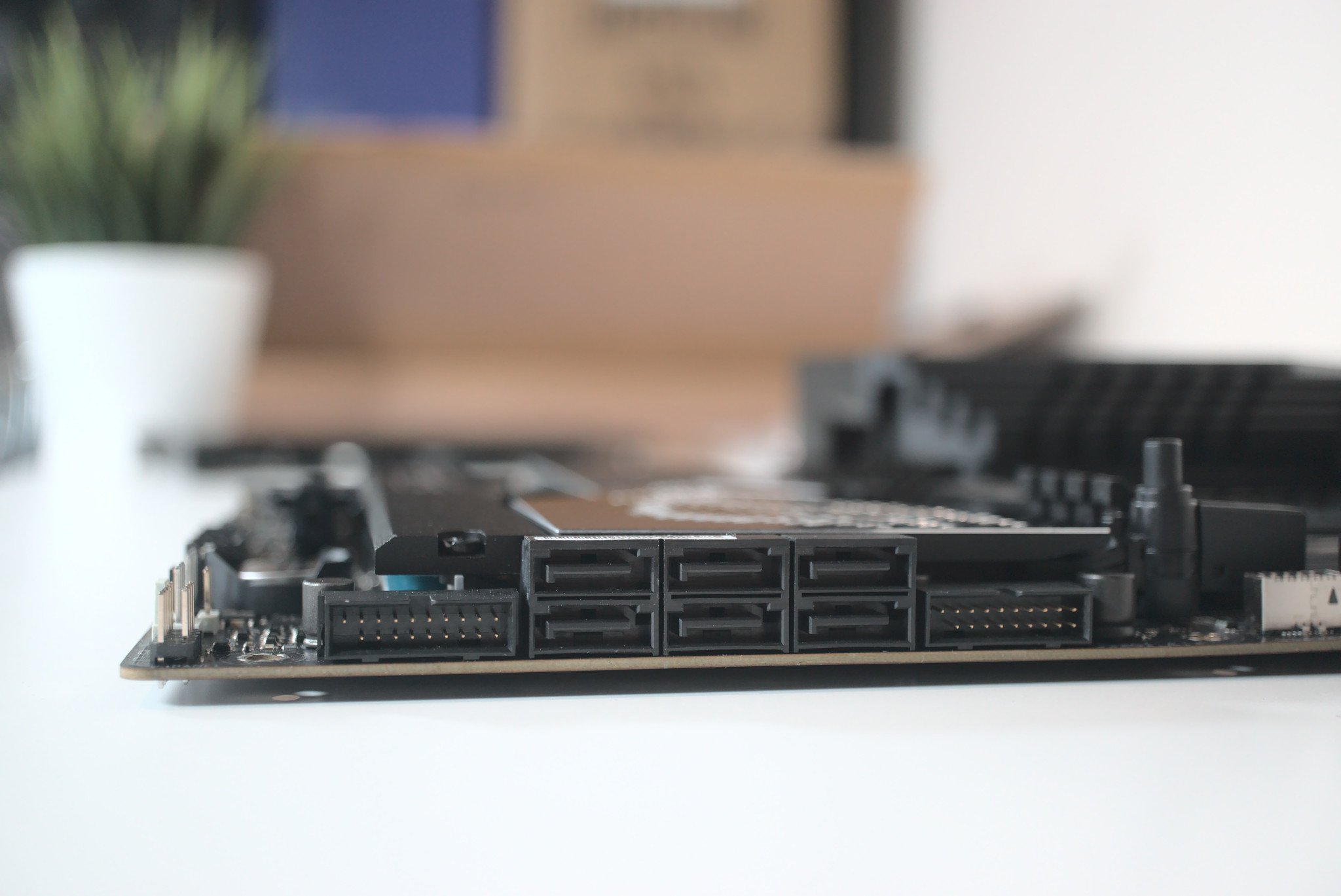
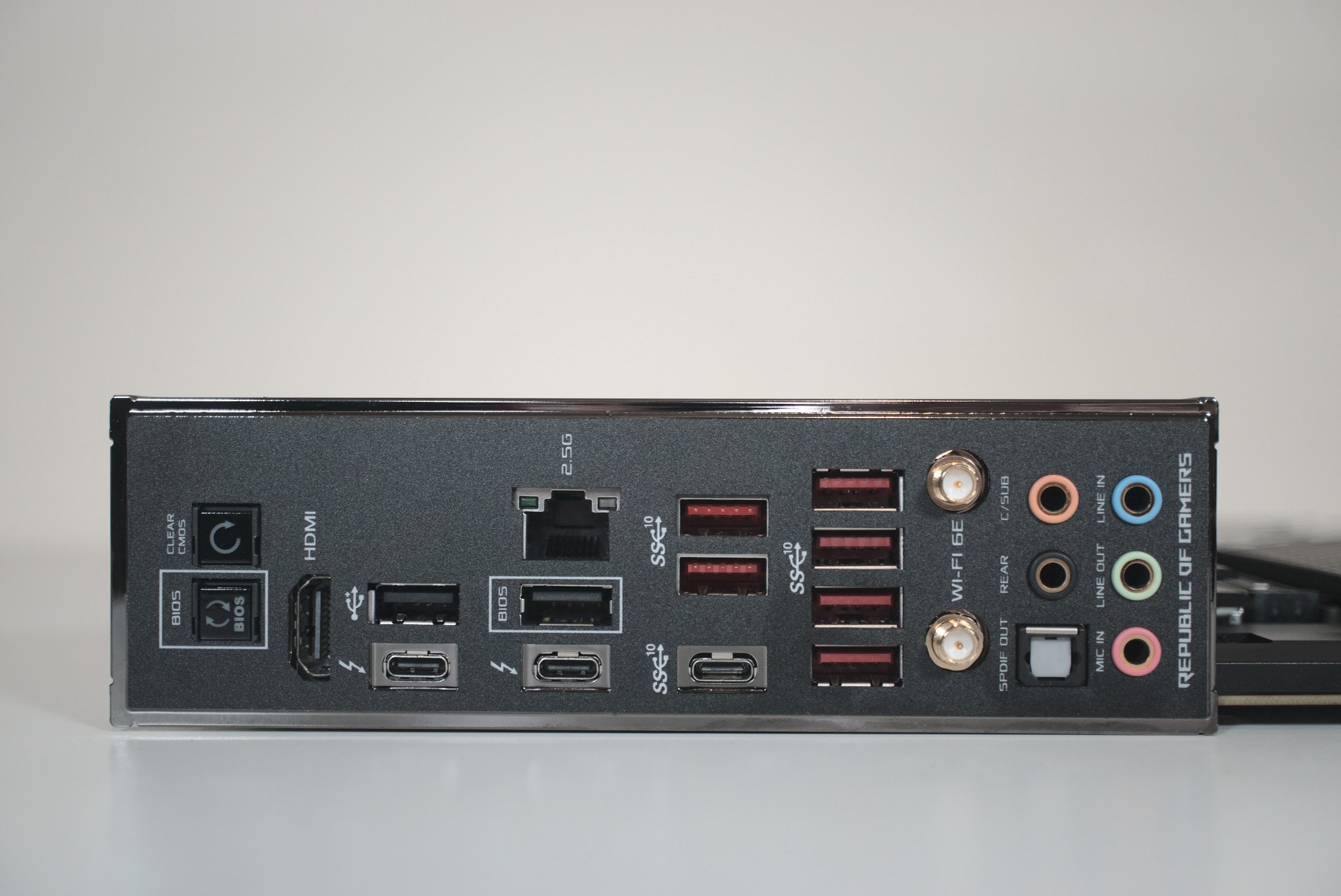
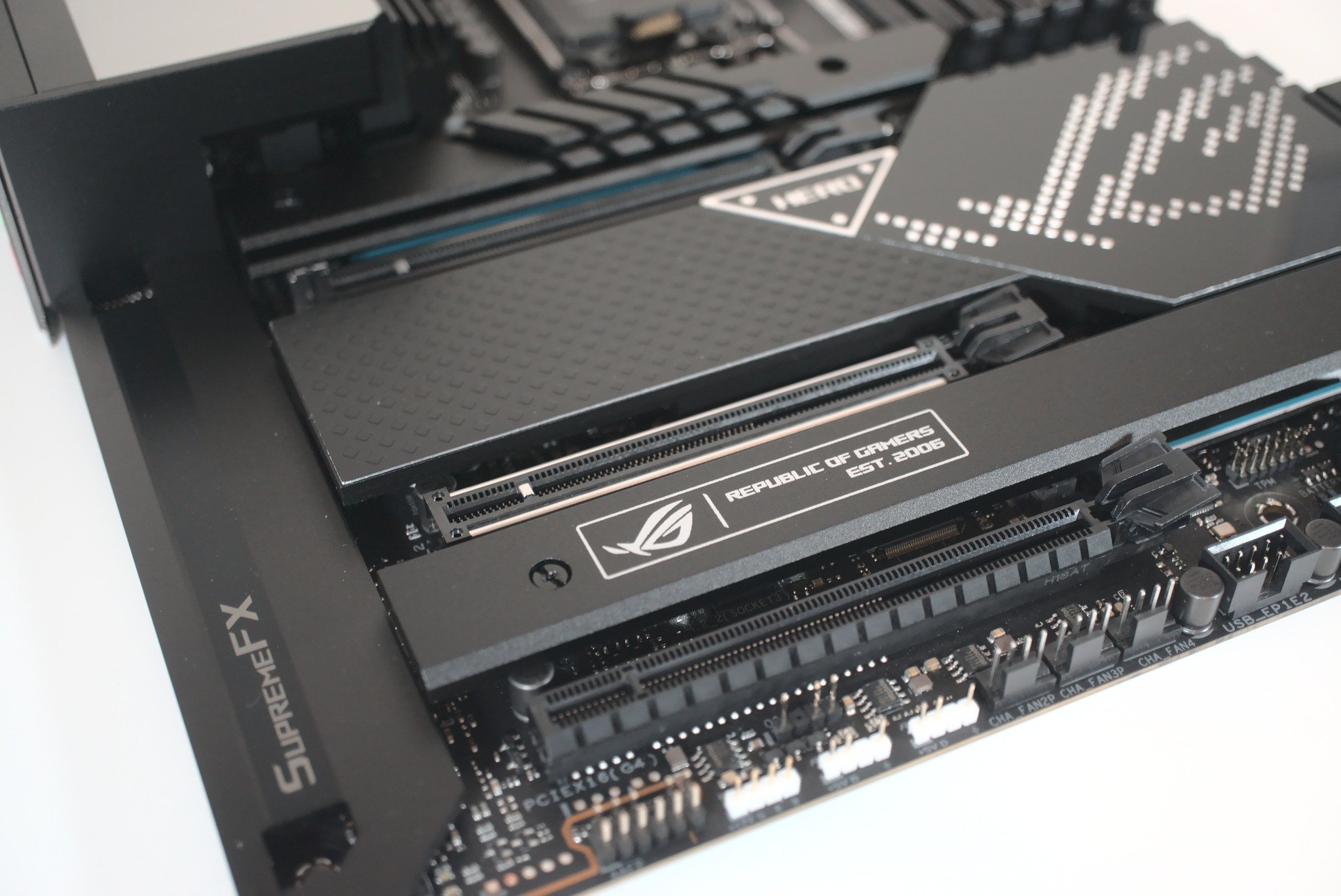
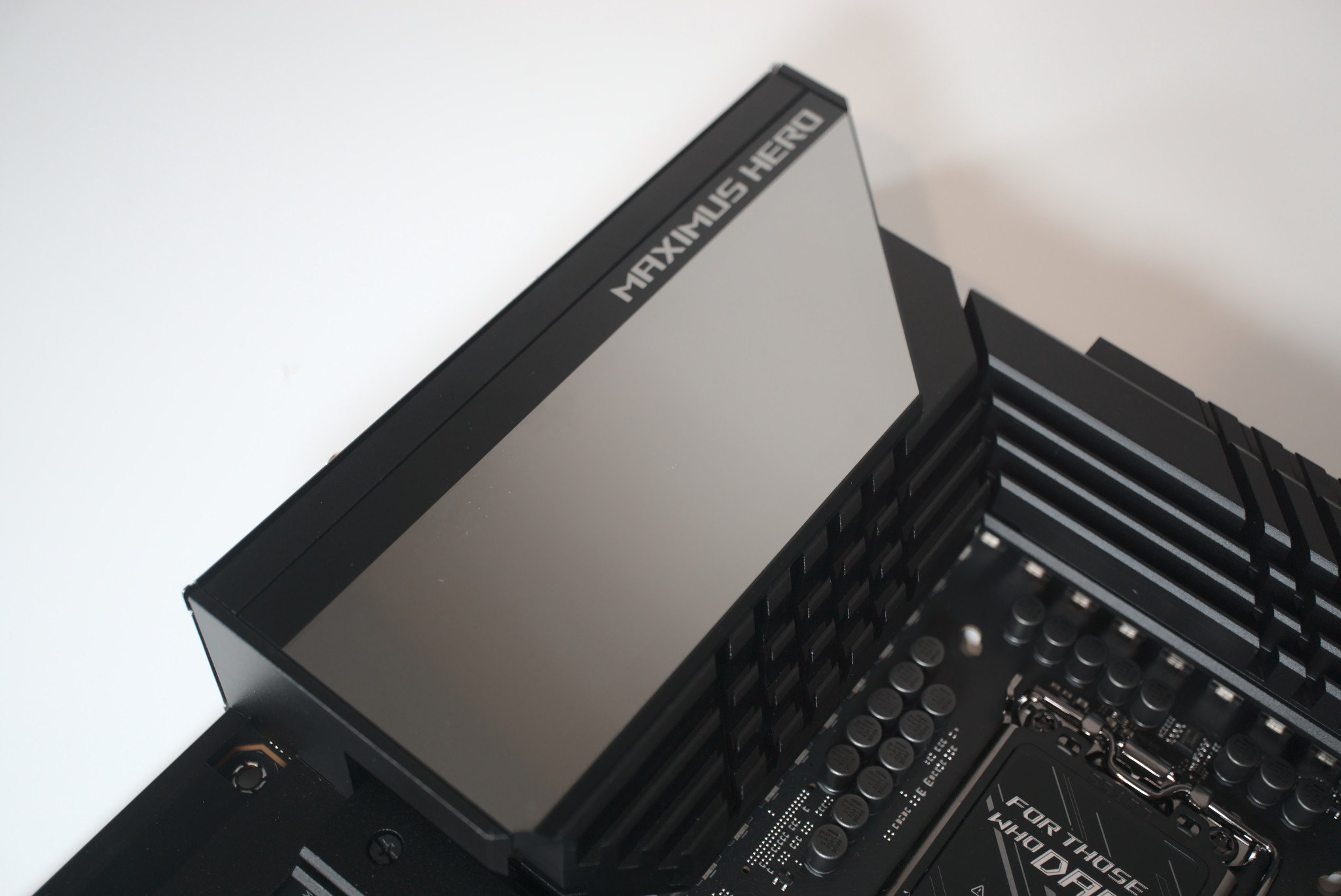
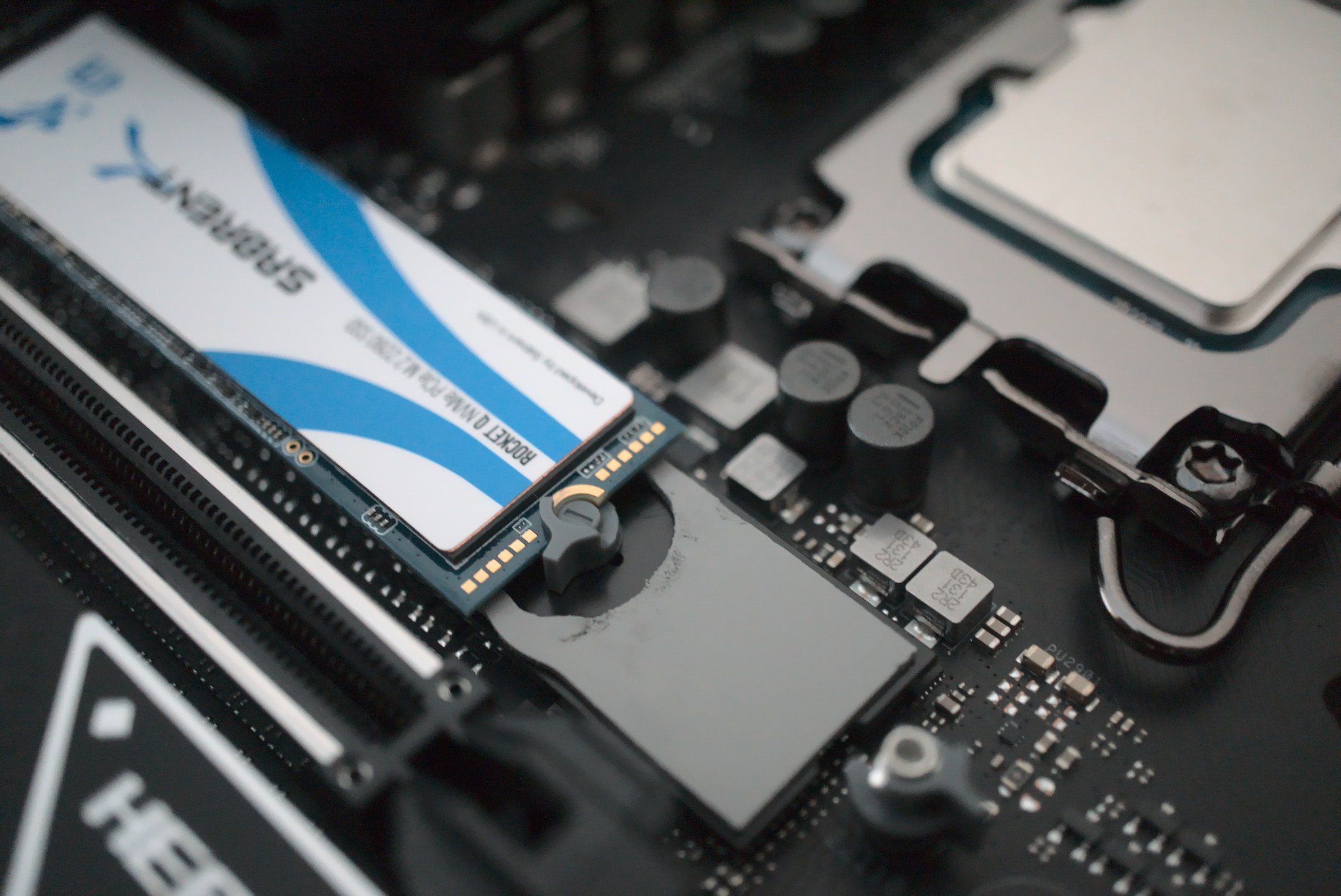
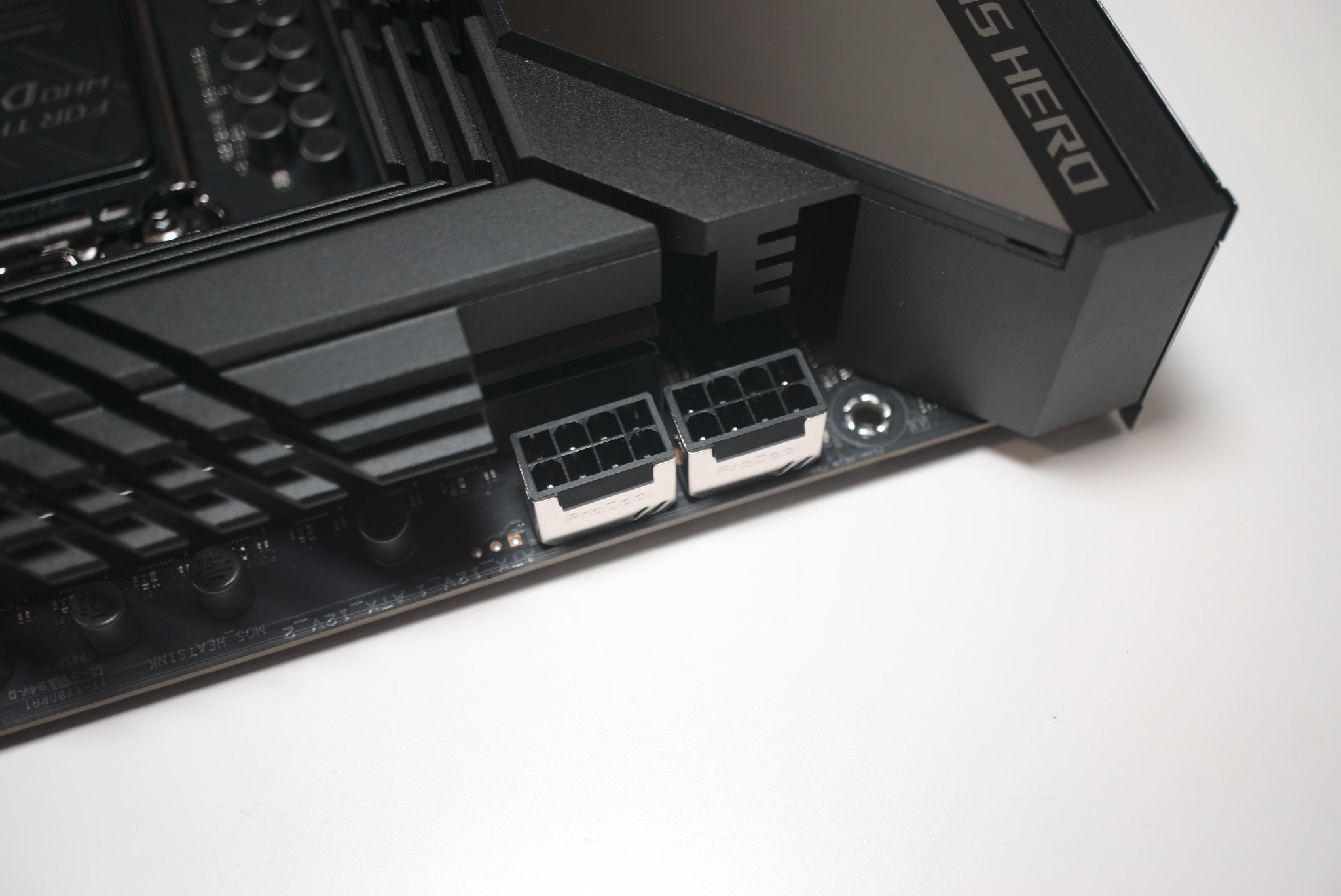
You may have noticed a small button next to this internal USB-C port and that would be the PCIe slot release. Have you ever found removing your GPU to be a little tedious? That's no longer the case on the ASUS ROG Maximus Z690 Hero thanks to this very small button. Simply push it and the GPU can be safely removed once the bracket screws have been extracted.
ASUS included an easy PCIe slot release button for removing a GPU and it works like magic.
In the lower half of the motherboard are the three M.2 slots underneath metal plates, three PCIe x16 slots, two USB 3.0 front panel ports, and the array of six SATA ports. At the bottom of the ASUS ROG Maximus Z690 Hero, you'll find this board is kitted out with all the headers you'll need for a powerful PC build.
Sure, there's the usual USB 2.0, front panel, audio, and a few fan headers, but there's an additional three headers dedicated to RGB connections. Then there are the water-cooling headers for providing power or taking flow readings so the motherboard knows exactly how the loop is performing. There's very little to complain about for the design and features of the ROG Maximus Z690 Hero.
ASUS ROG Maximus Z690 Hero: Overclocking & performance
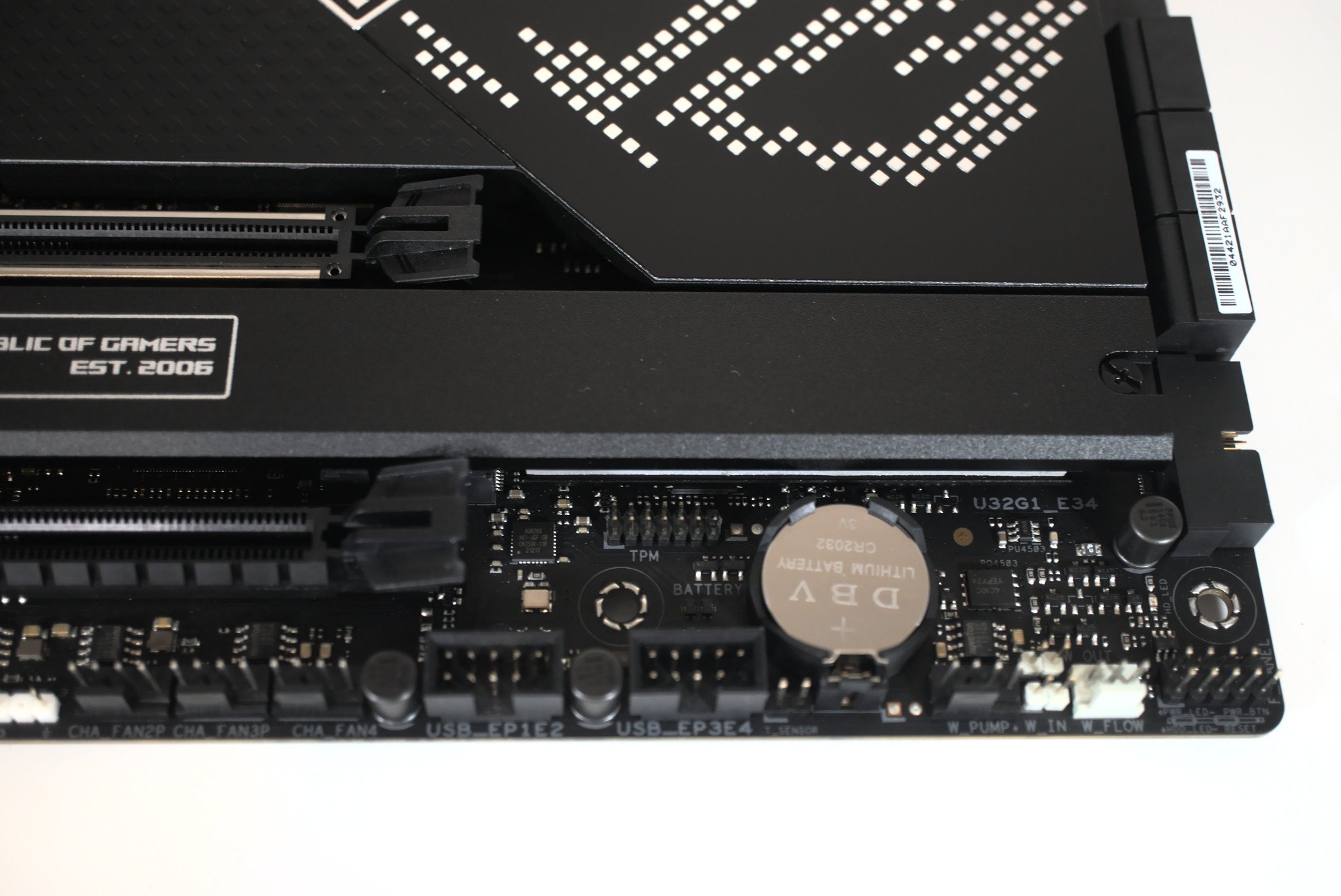
If you've had the pleasure of using an ASUS motherboard in recent years, you'll already know the UEFI BIOS interface. It's among the best in the business, allowing you to quickly fiddle with settings without having to look at a manual. Using an Intel Core i9-12900K, you can have the BIOS configure all the necessary settings automatically.
The processor is impressive without applying an overclock, but if you happen to have an AIO with at least a 240mm radiator, you should be able to push this CPU a little further and hit upwards of 5.4GHz without encountering any problems. We set up a test bench with the Maximus Z690 Hero, Intel Core i9-12900K, NVIDIA GeForce RTX 3080, 32GB of DDR5 RAM from XPG, and an NVMe PCIe 4.0 SSD.
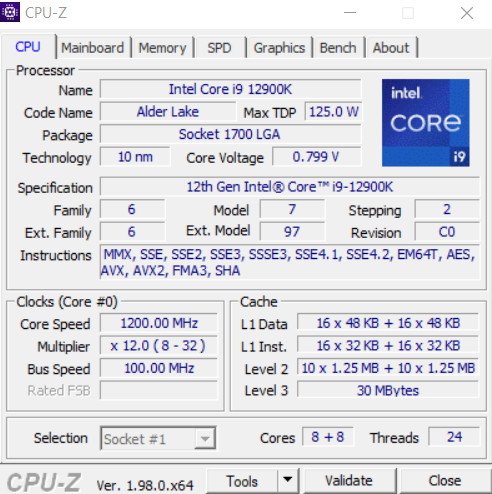
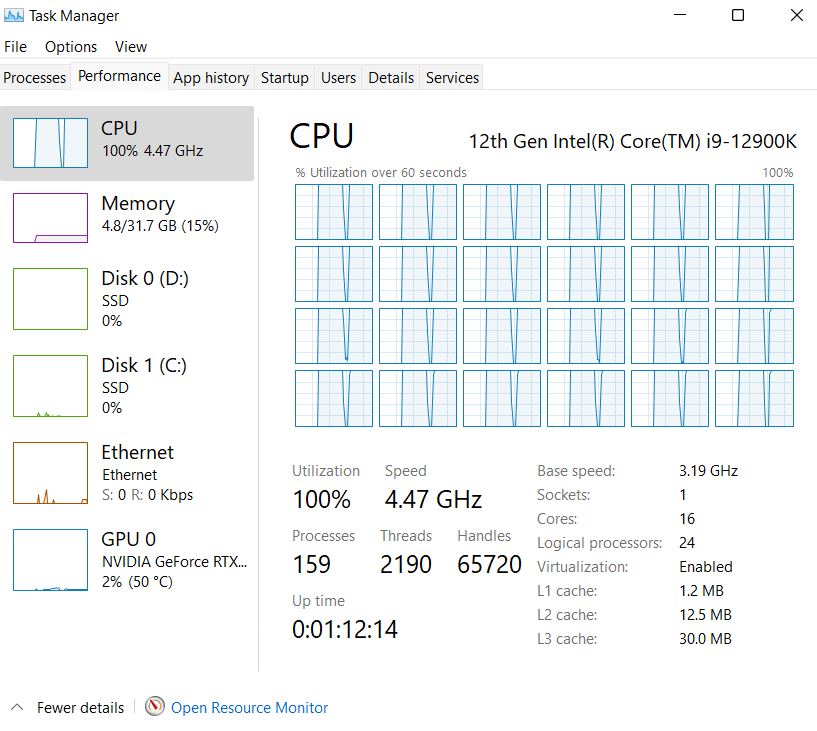
Motherboards are fairly boring when it comes to performance and such since most of them will perform roughly the same. It's only when comparing boards from different price brackets will you see any notable difference. The ASUS ROG Maximus Z690 Hero is a solid foundation for a 12th Gen Intel PC, both stock and overclocked.
We ran multiple synthetic tests and played a handful of games (including Mount & Blade II, GTA V, and Ashes of a Singularity), the motherboard performed admirably with the power-hungry processor drawing upwards of 250W at peak in benchmark tests. The motherboard appears to have adequate passive cooling for components on the surface and we encountered no issues.
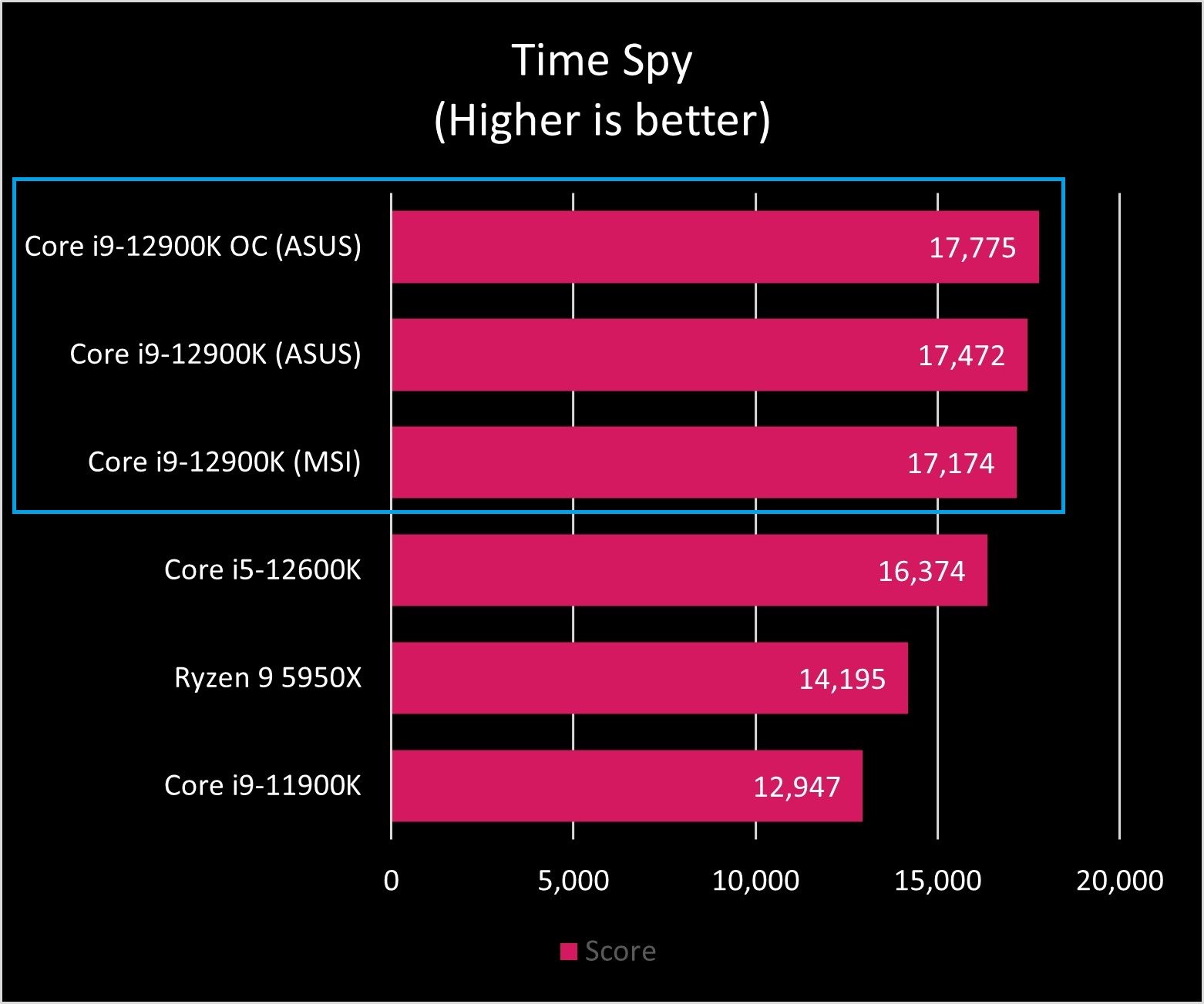
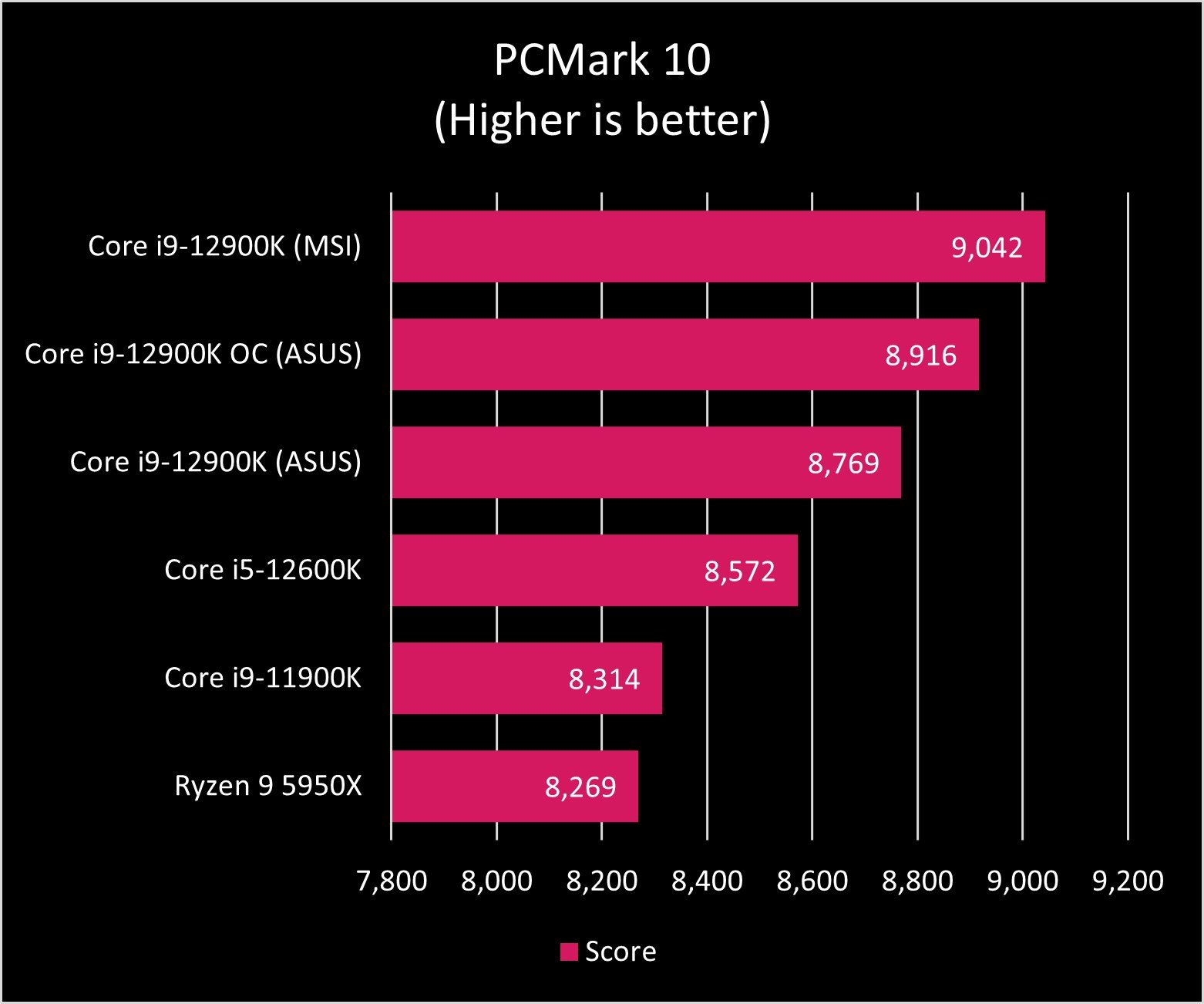
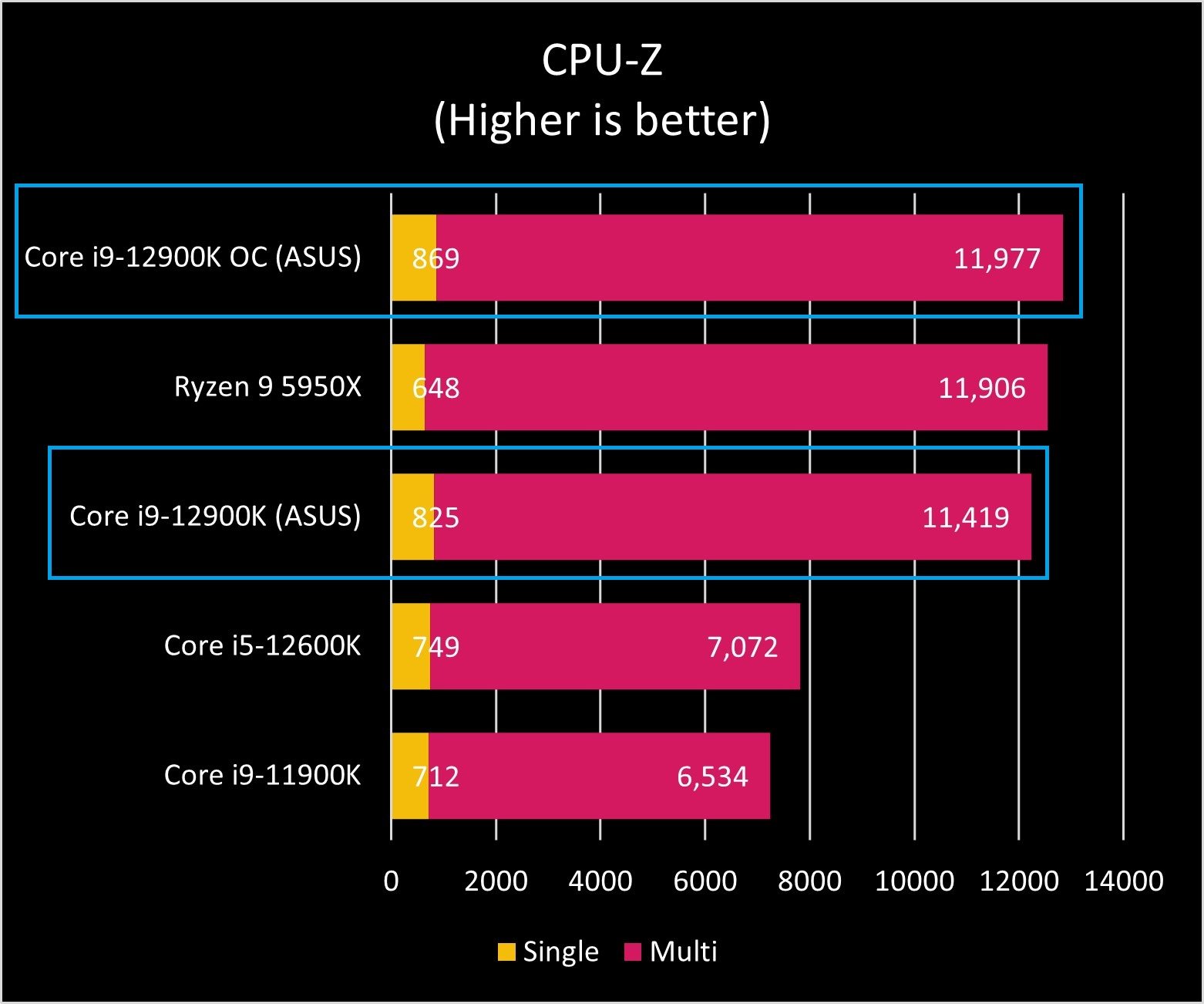
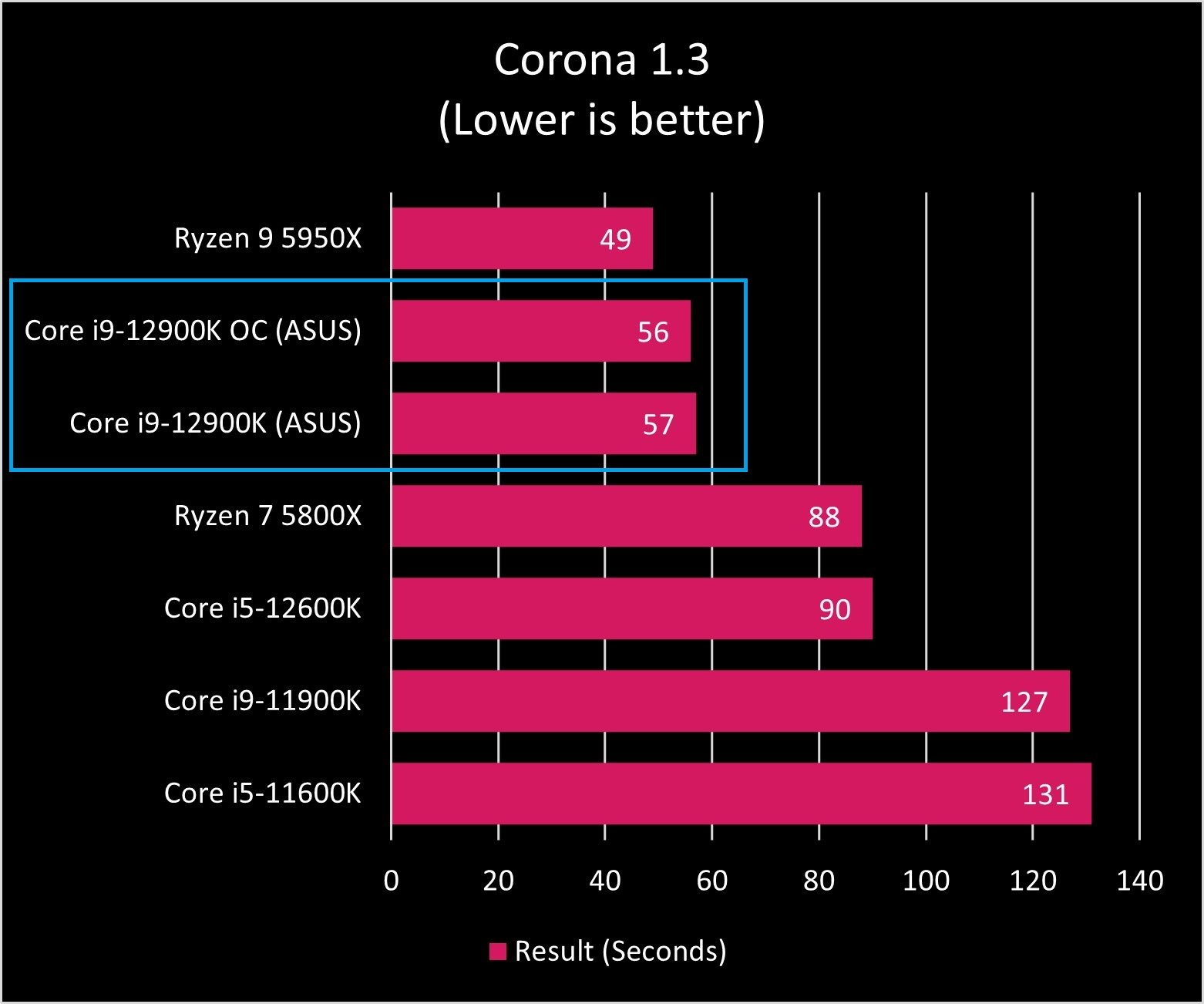
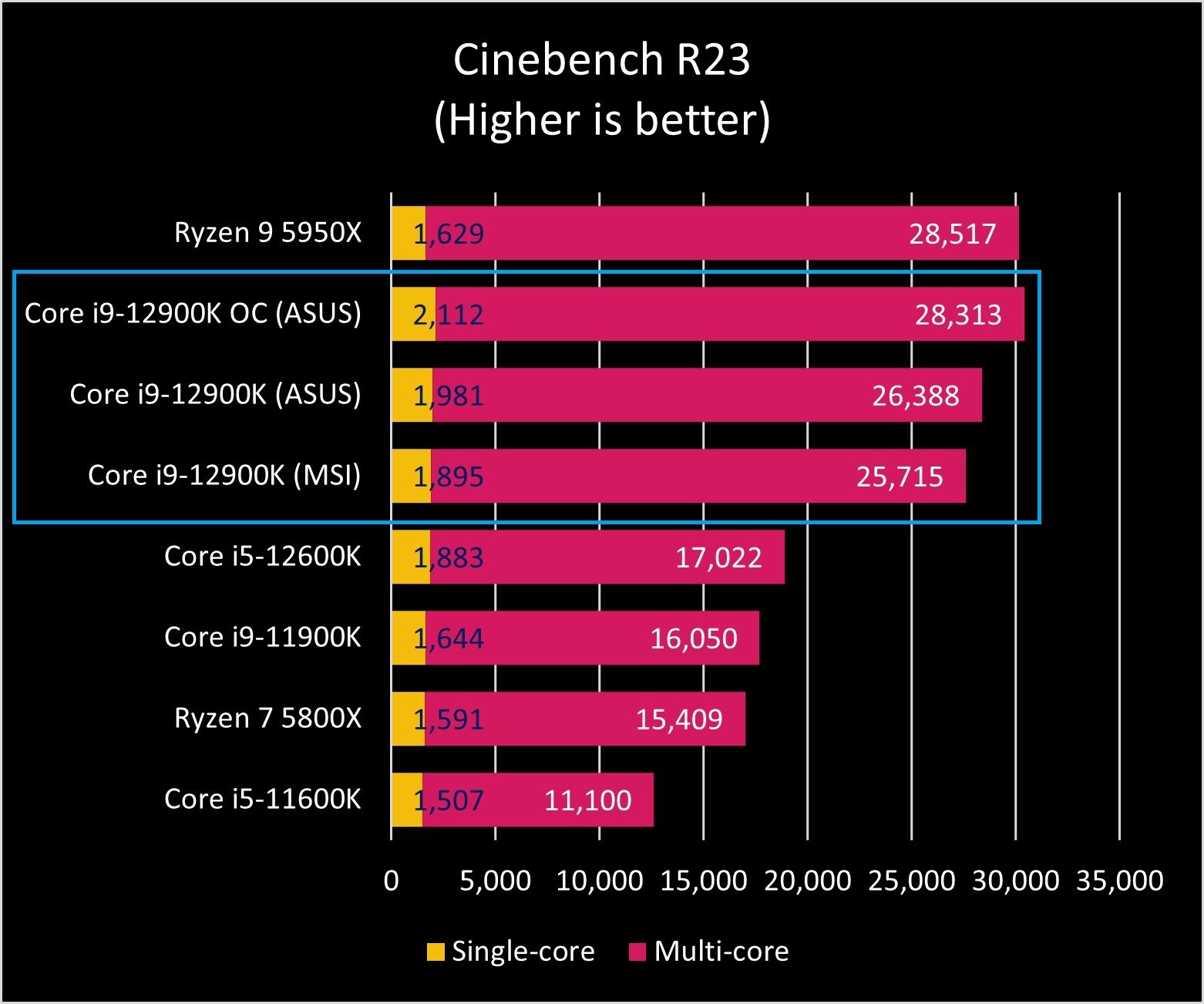
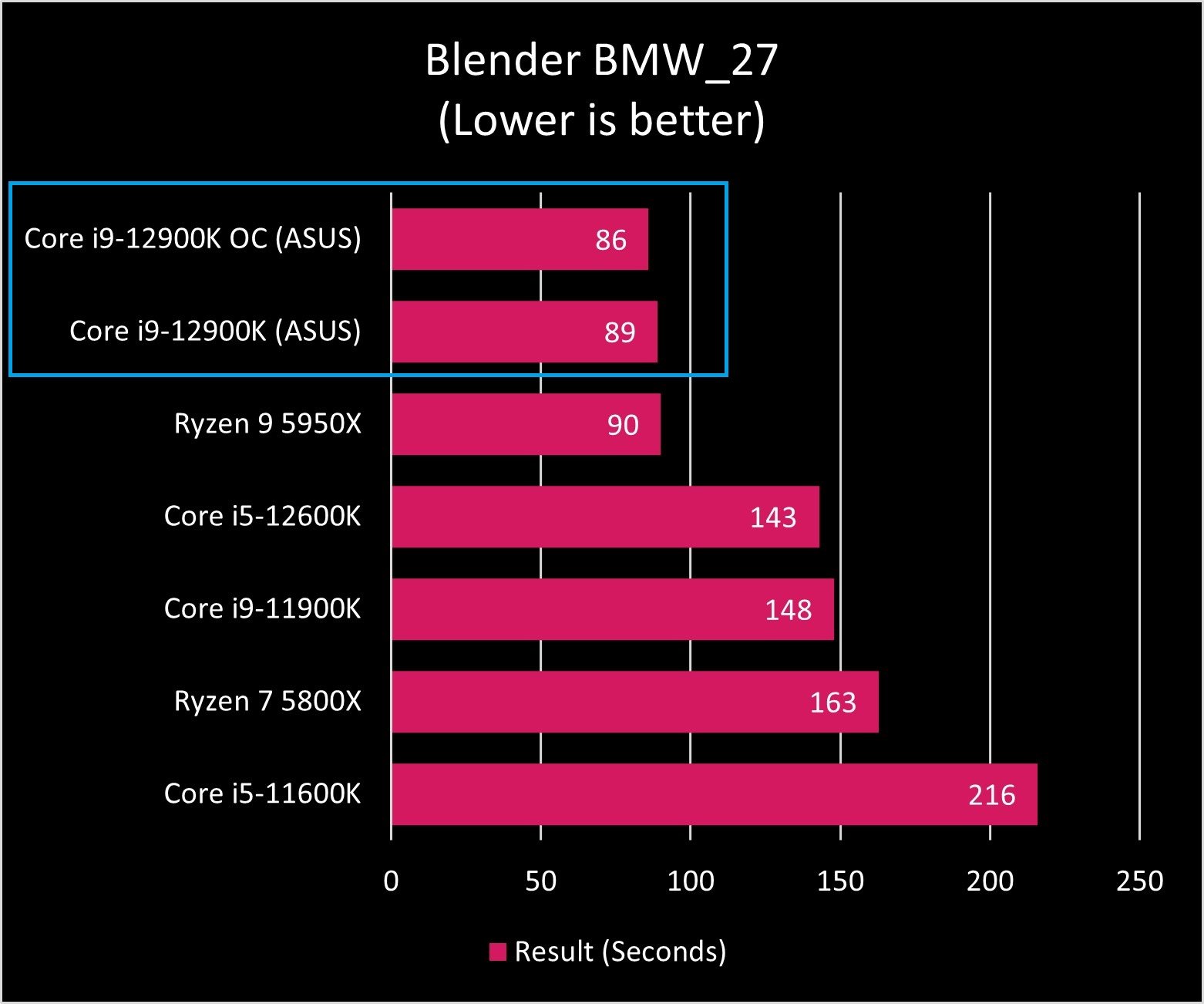
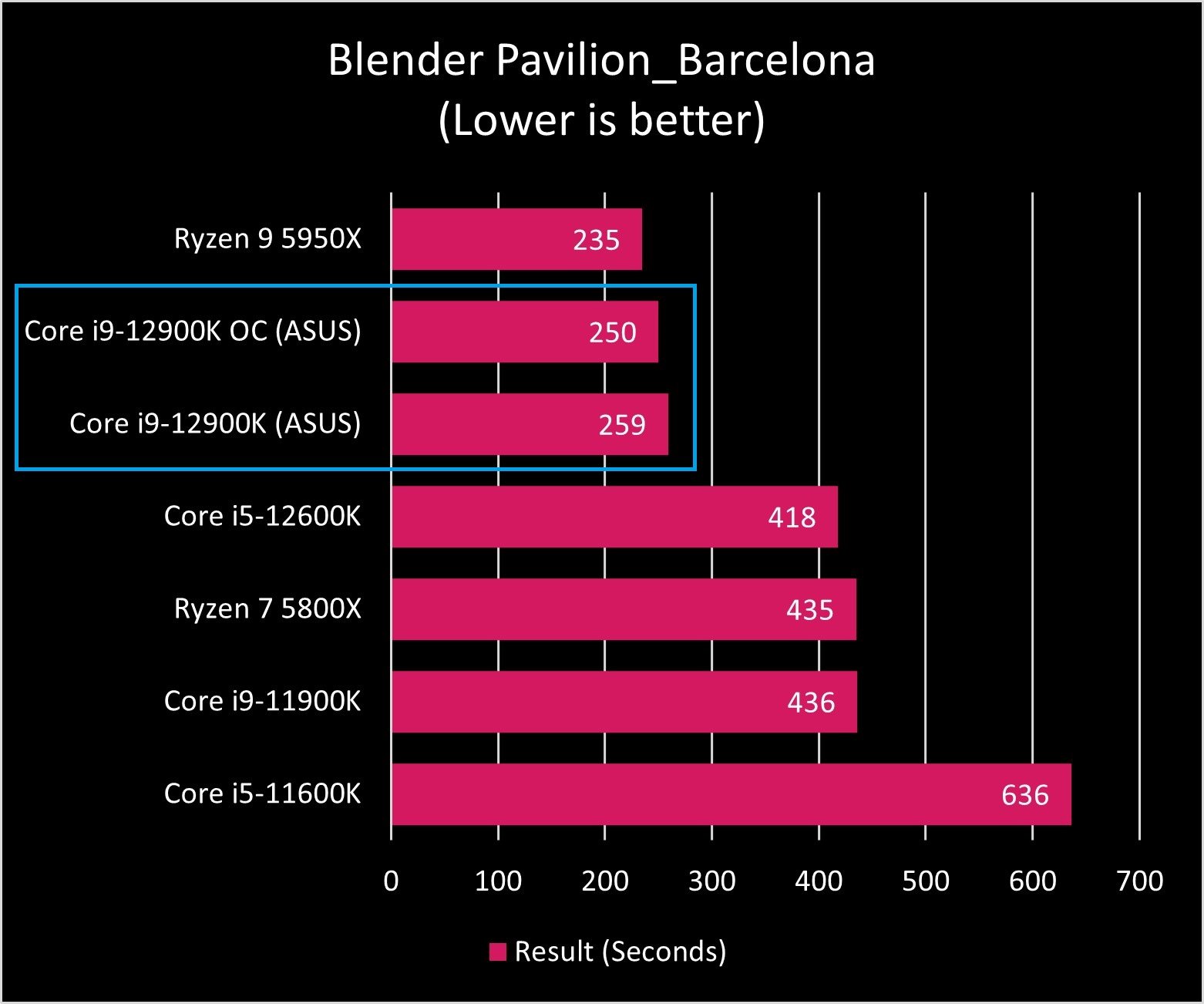
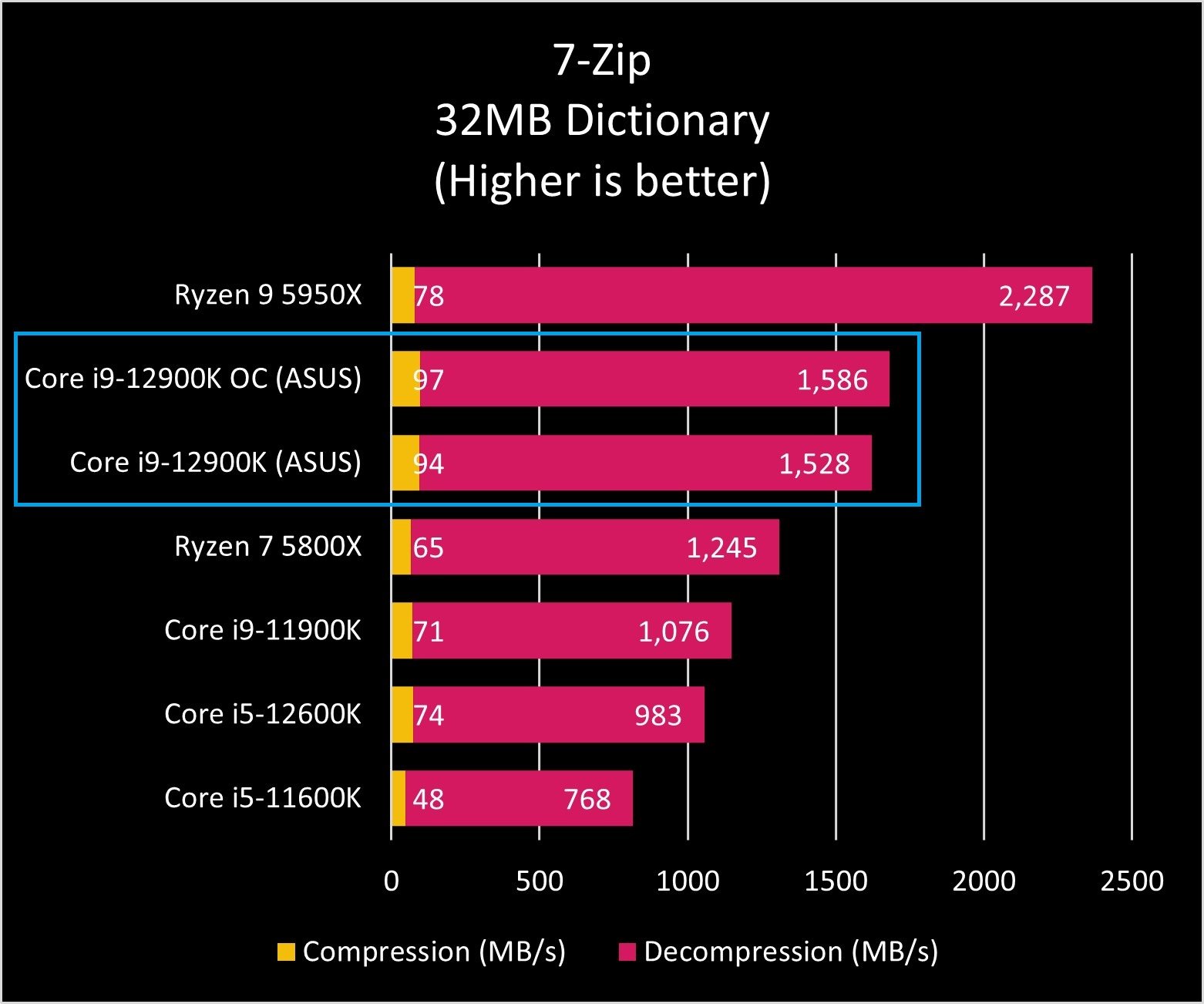
Overclocking the Intel Core i9-12900K was a painless process with the ASUS BIOS. Simply activate its AI Overclocking feature and let the system handle the rest. Boot into Windows to run a few tests and make sure everything is running stable. It was possible to hit 5.4GHz, which made a notable difference in synthetic benchmarks.
The motherboard handled this boost well and we encountered no issues with power draw, which was up to 290W, according to software monitoring. If you're into overclocking or want to push 12th Gen Intel Core processors to their limits, this is the board for you.
ASUS ROG Maximus Z690 Hero: Competition
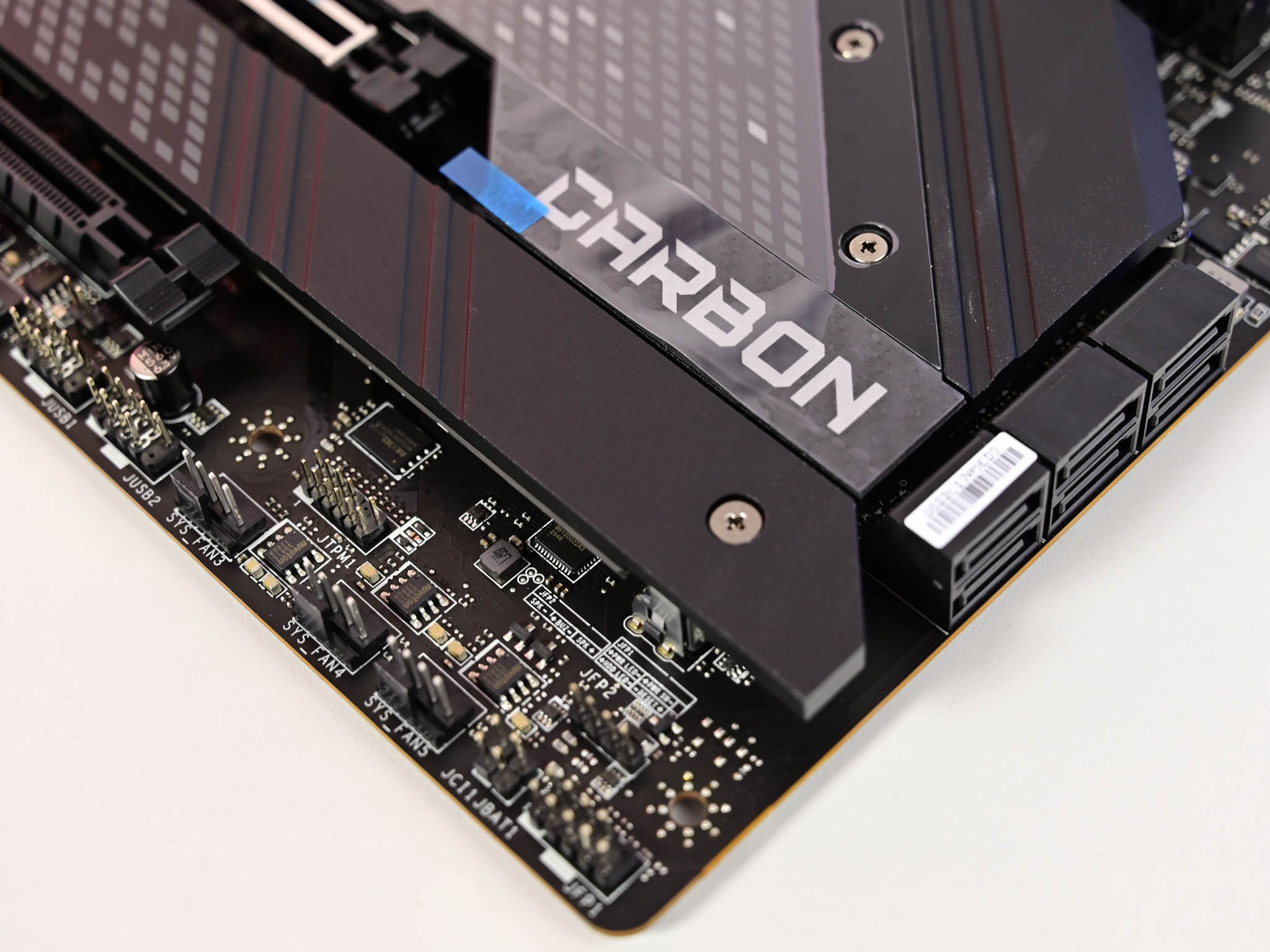
There's plenty of competition for the ASUS ROG Maximus Z690 Hero. Even though it's priced at $600 and is part of the company's premium range of Intel consumer-grade motherboards, you can find countless products from other brands with similar specifications. Where ASUS has an edge here is how the company manages to fuse together great design, features, and a stable BIOS.
The MSI MPG Z690 Carbon WiFi is a fine example of a DDR5 motherboard with similar power delivery, though it comes in at $200 less, which may swing those who aren't looking for features like a 60W front panel USB-C port, multiple USB 3.0 headers, and water-cooling loop flow monitoring support.
ASUS ROG Maximus Z690 Hero: Should you buy it?
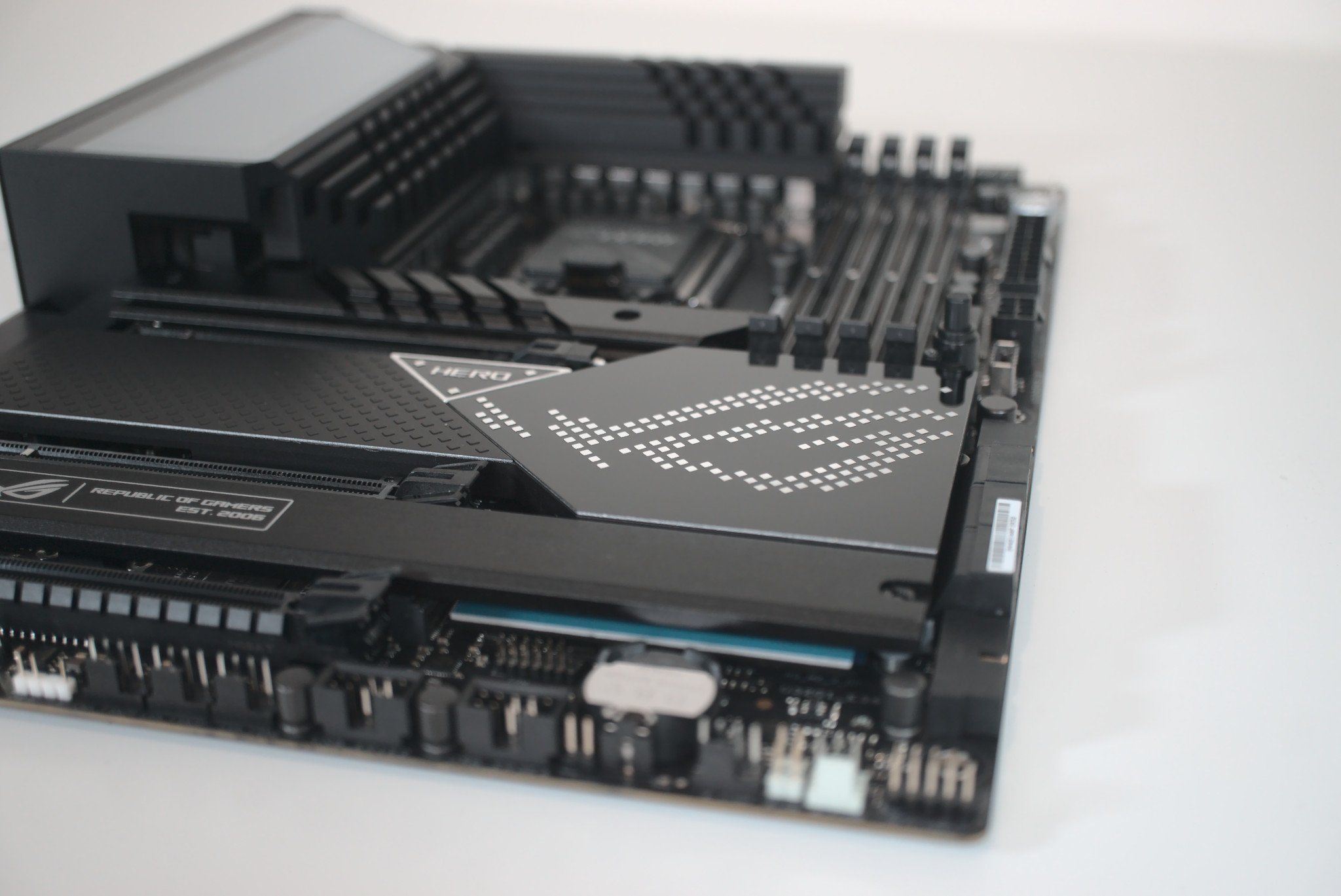
You should buy this if ...
You have a 12th Gen Intel CPU
So long as you have already purchased (or plan to) a 12th Gen Intel processor, you're already set to build a PC with the latest Intel processors. Simply slot it into the ASUS ROG Maximus Z690 Hero with DDR5 RAM and you're good to go.
You plan to overclock your PC
ASUS provides numerous tools and features to help make overclocking your PC a seamless process with stable results. The impressive 20+1 power stage delivery design and rock-solid UEFI BIOS allow you to really push the limits.
You want to use DDR5 and PCIe 5.0
Want the very latest memory technology? DDR4 will be a thing of the past soon enough with the emergence of DDR5 RAM kits. It's pricier, but you'll be able to enjoy some ridiculous clock speeds.
You should not buy this if ...
You aren't going to overclock your PC
A more affordable Z690 motherboard or Intel chipset would be a better option if you won't be doing any overclocking. Even an Intel Core i9-12900K can comfortably run on motherboards with less capable Intel chipsets.
You are building a budget-friendly PC
$600 isn't "budget-friendly" when spent on any one component and the motherboard is no exception. You can find great options at between $100 and $200 so you can really drive home some savings.
You won't be using DDR5 RAM
This motherboard requires DDR5 RAM and you won't be able to use DDR4 modules. If you'd rather not splash out on new RAM as well as a motherboard for Intel Alder Lake, you'll need to look elsewhere.
You should shortlist the ASUS ROG Maximus Z690 Hero if you can afford it. For 12th Gen Intel processors, especially the Core i7 12700K and Core i9-12900K, this board will let you push these already very powerful CPUs even further with excellent power delivery and BIOS support. The DDR5, PCIe 5.0, and other top-level features are like icing on a very tasty cake.
There's more I/O than you'll likely require on the rear panel, but it's the small touches that really stand out on this board. The PCIe release button is magical, so too is the locking mechanism for M.2 drives. The custom water-cooling loop flow header is a nice touch for those who are into DIY, and the optional expansion card lets you pack the PC full of NVMe SSDs.
A couple of things we didn't like with this board were the 2.5Gb LAN port, which could have been faster at this price, and well ... the price itself. If you feel comfortable spending $600 on a motherboard alone, you'll have no issues running the latest from Intel on this platform — it's one of the best motherboards available for Alder Lake.

Bottom line: This board from ASUS may command a premium price, but it has numerous features that make up for this. There's DDR5 RAM and PCIe 5.0 support, not to mention three onboard M.2 slots, water-cooling loop flow headers, and a killer power phase delivery design for stable overclocking.

Rich Edmonds was formerly a Senior Editor of PC hardware at Windows Central, covering everything related to PC components and NAS. He's been involved in technology for more than a decade and knows a thing or two about the magic inside a PC chassis. You can follow him on Twitter at @RichEdmonds.
